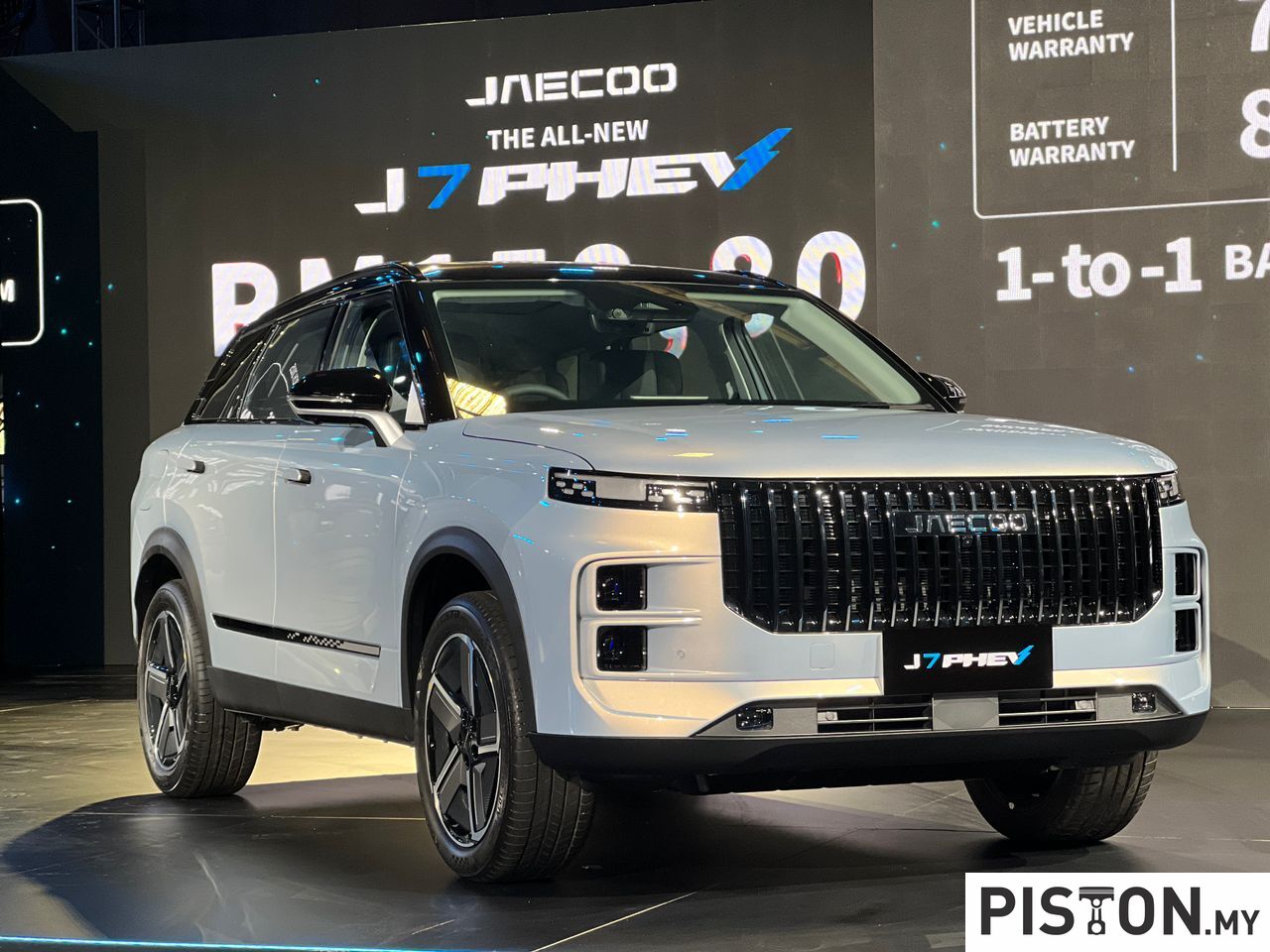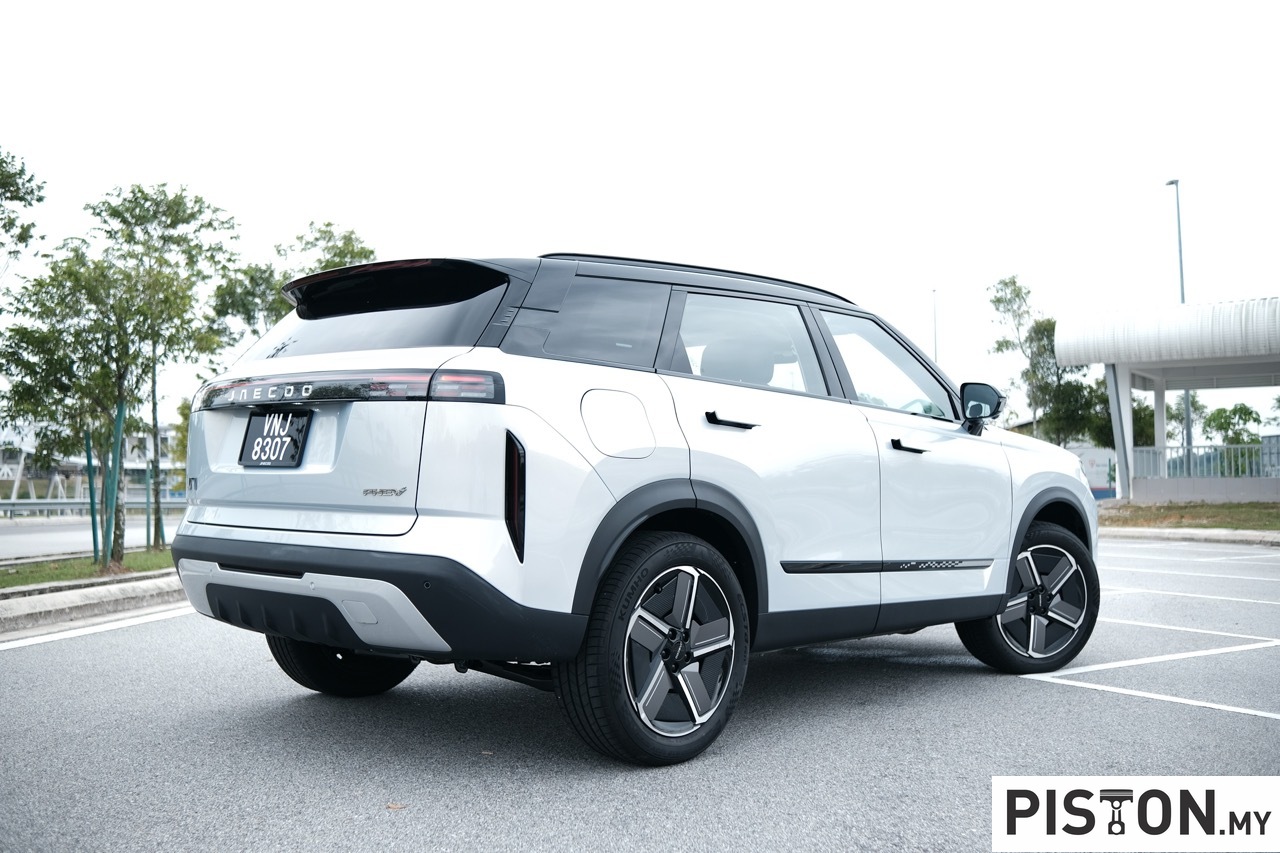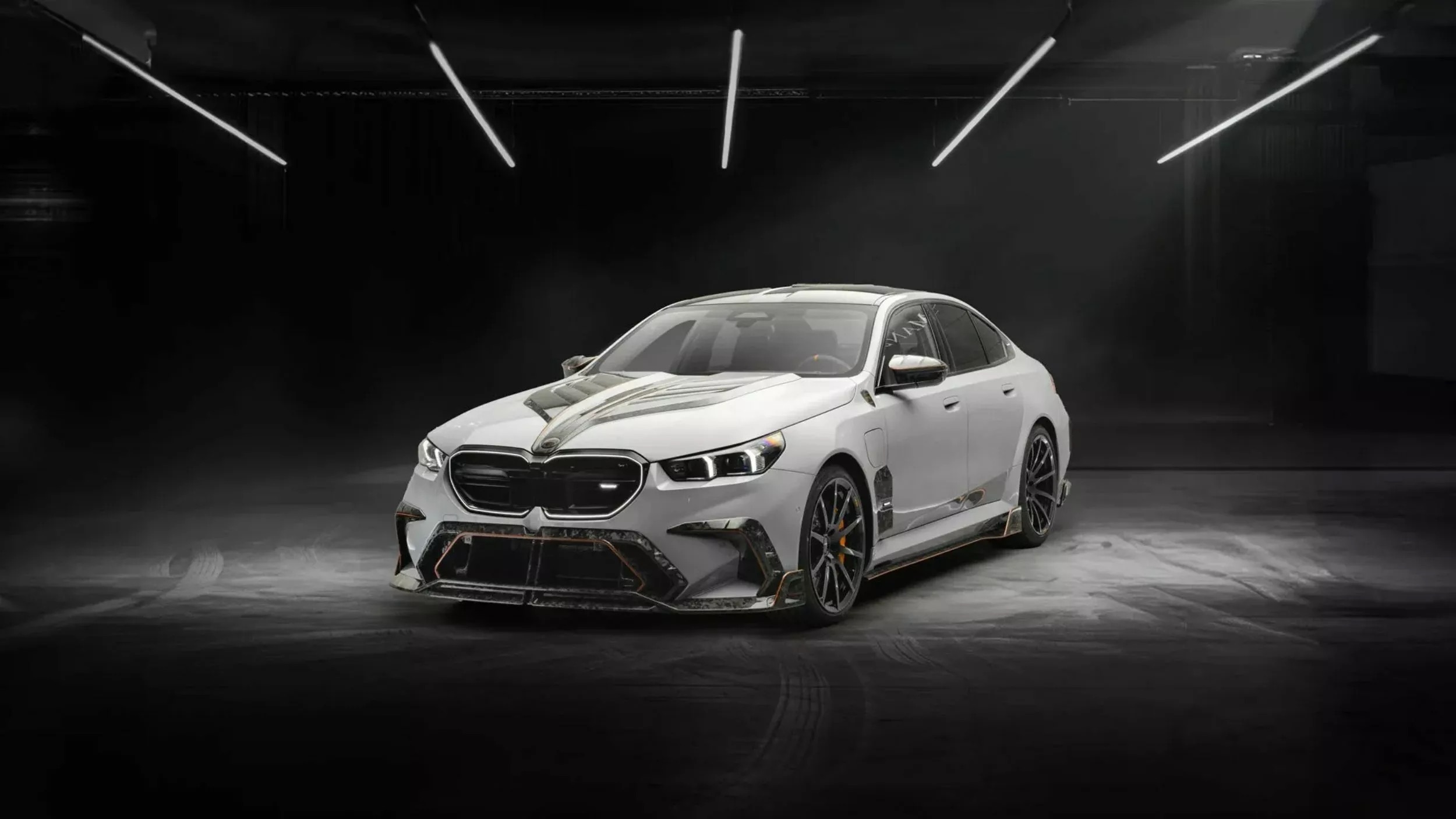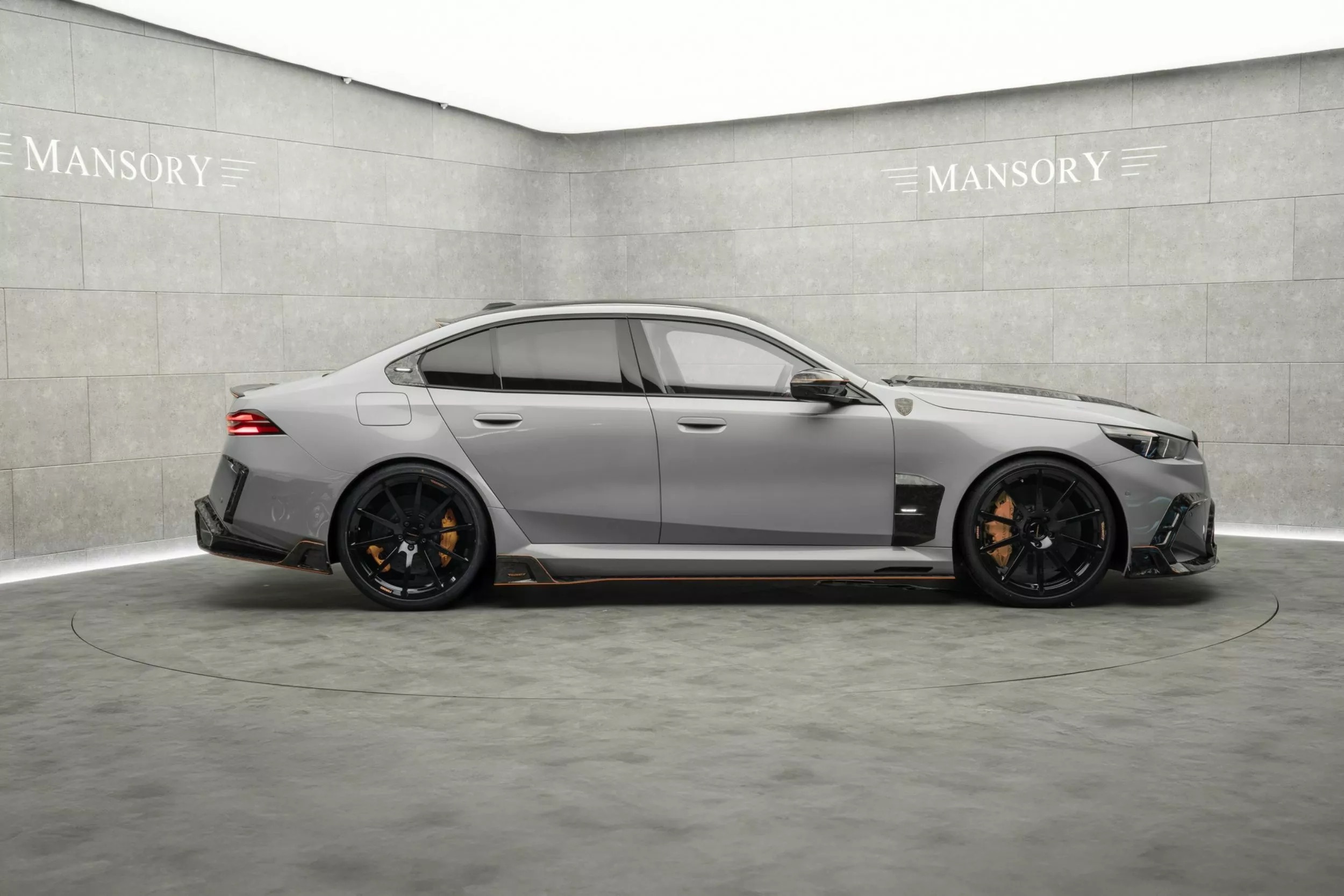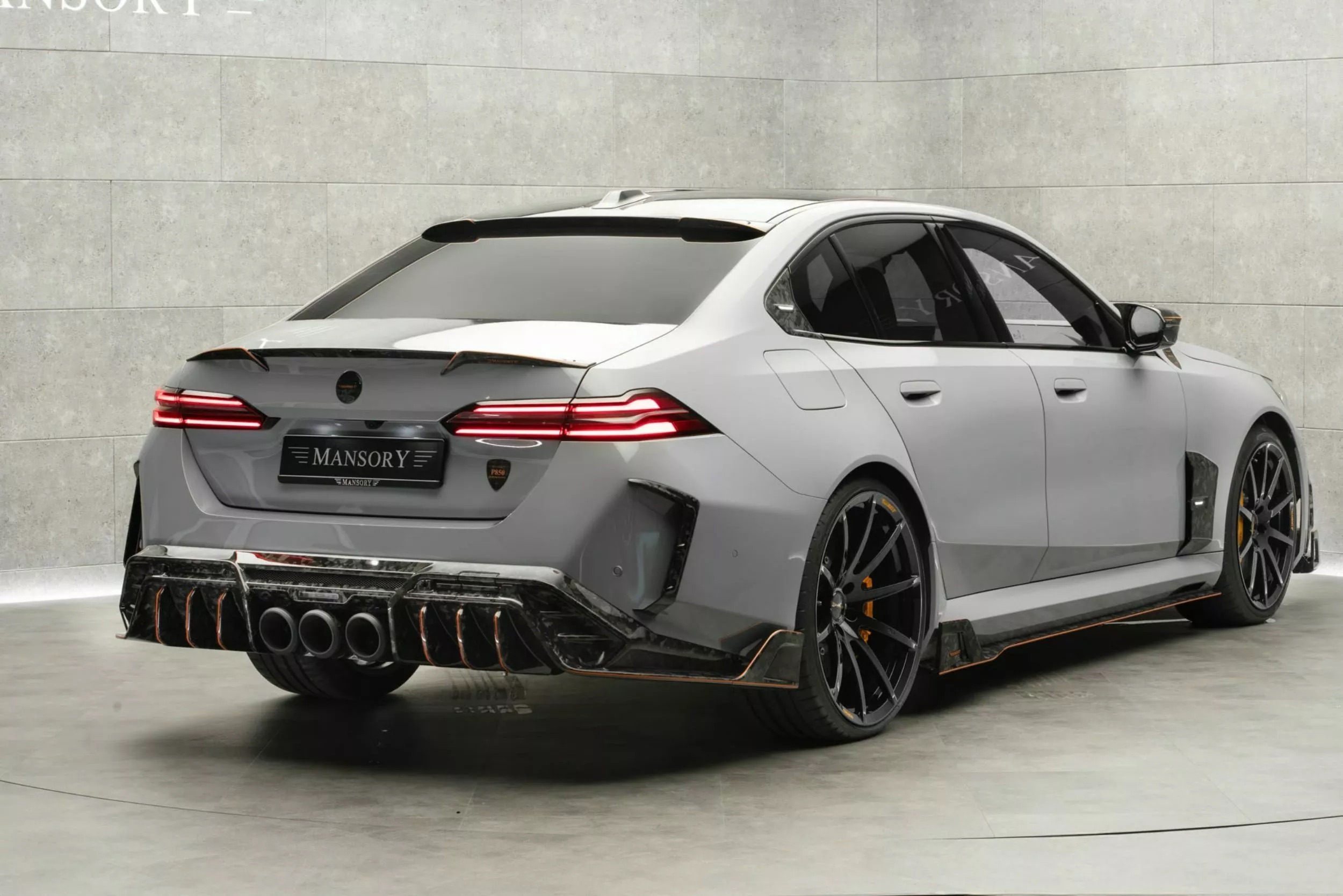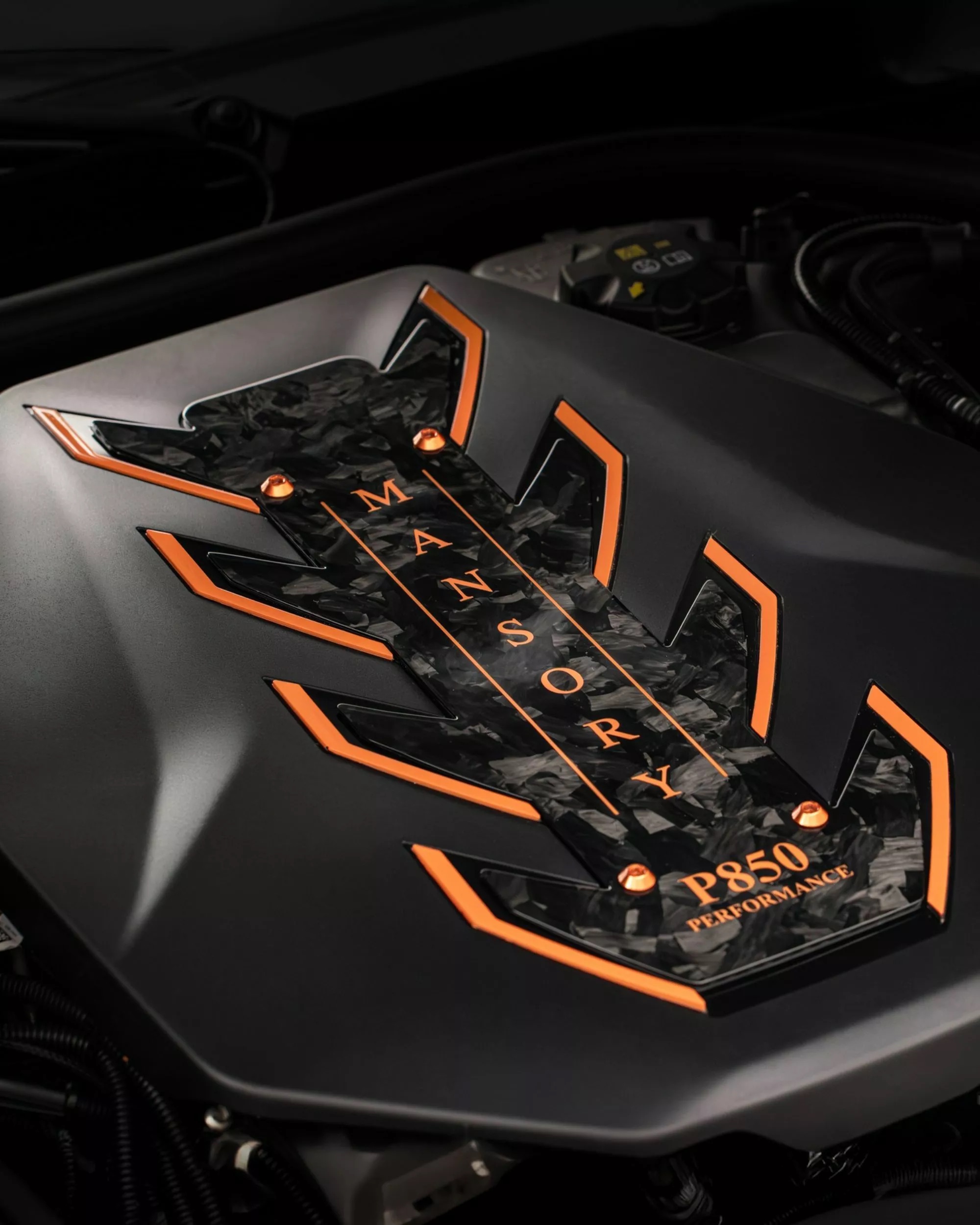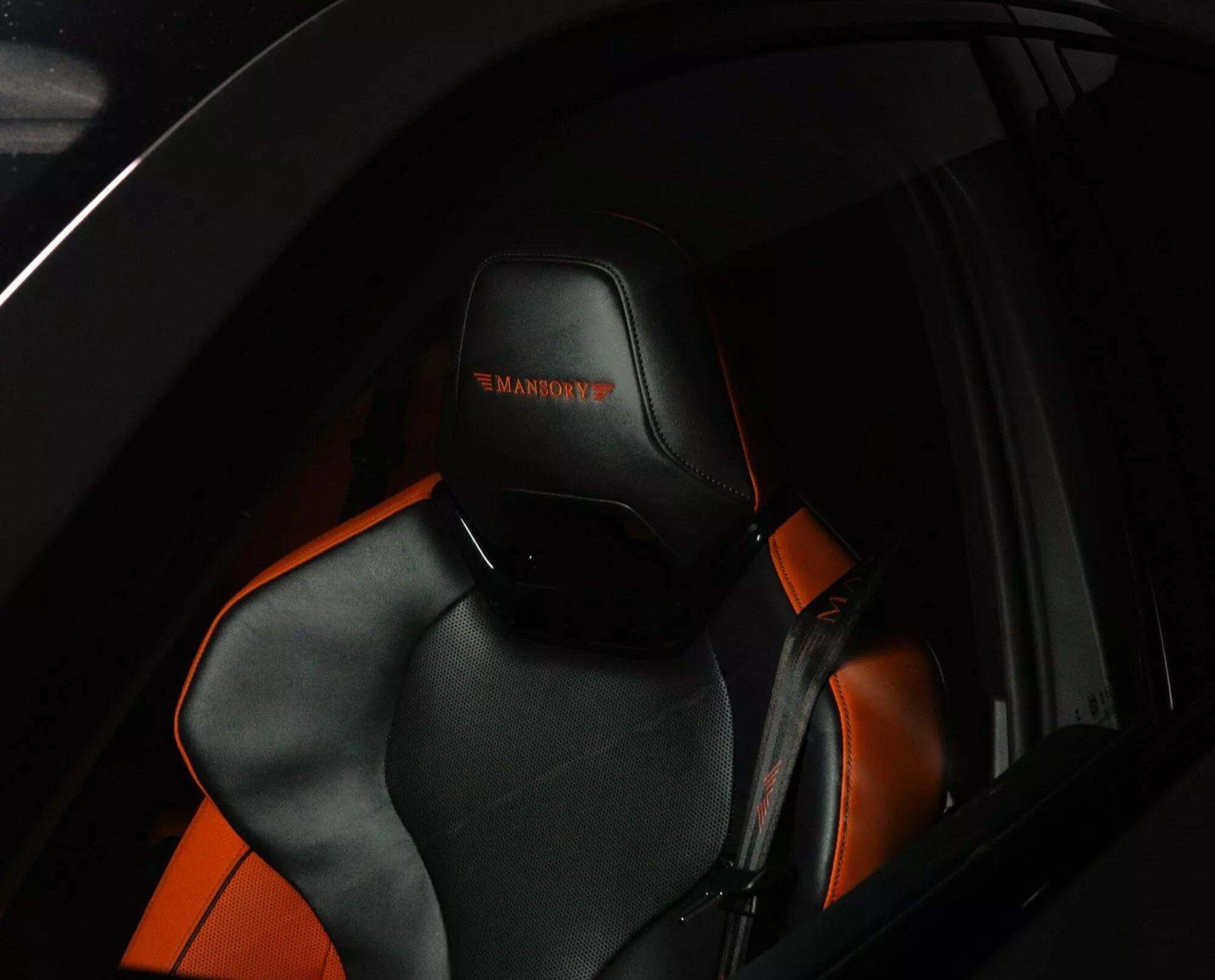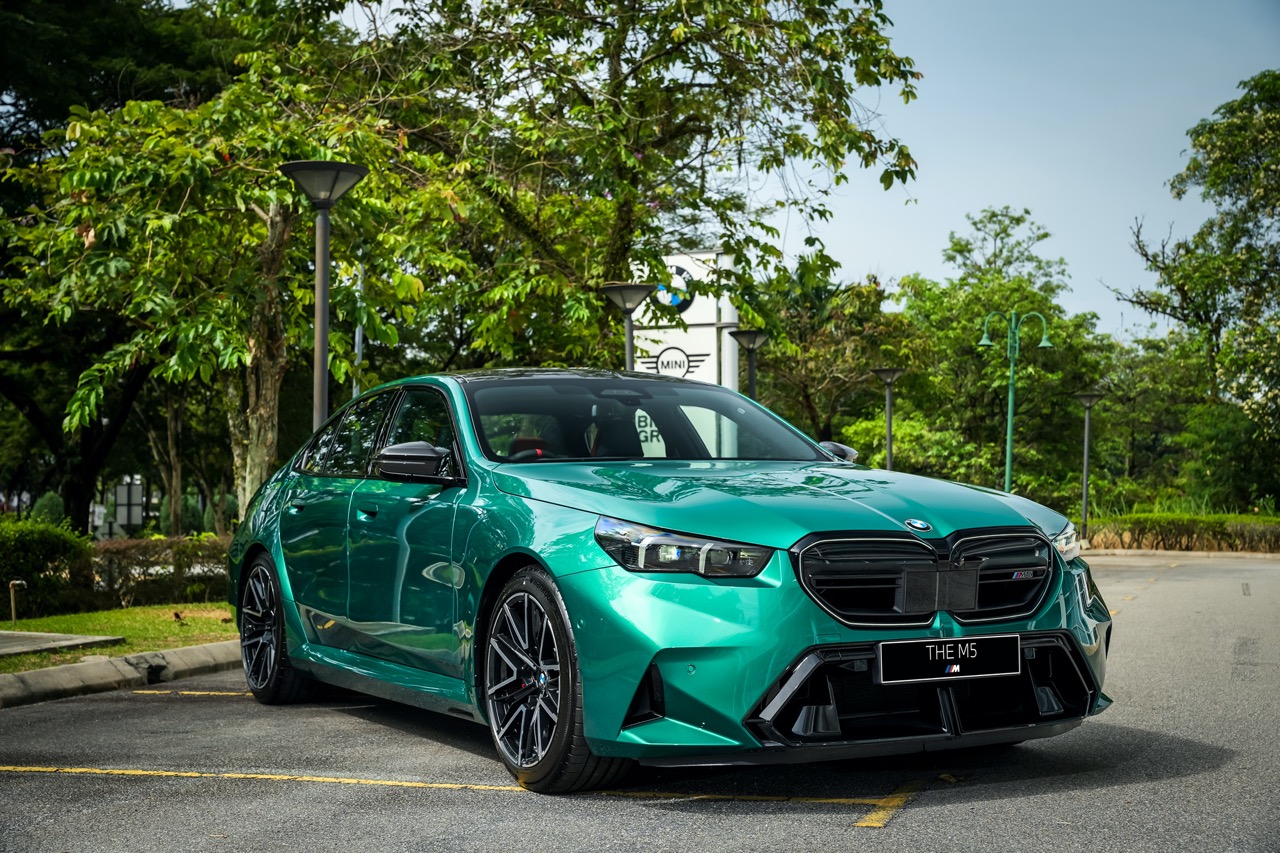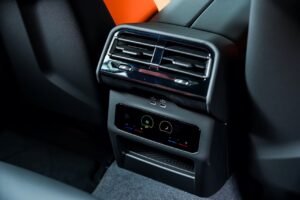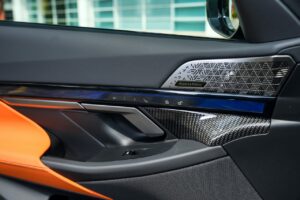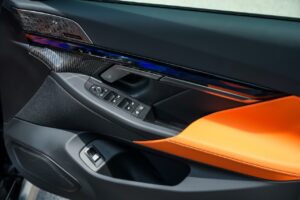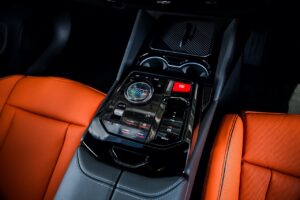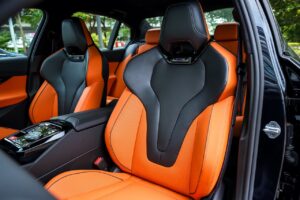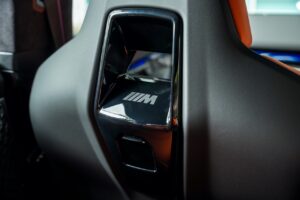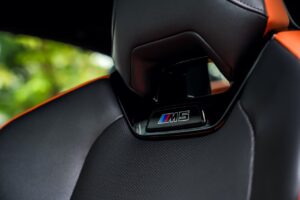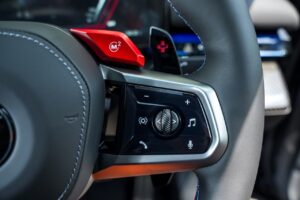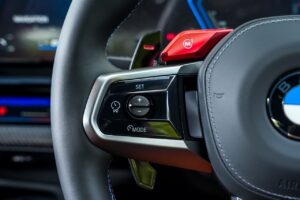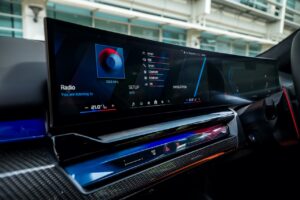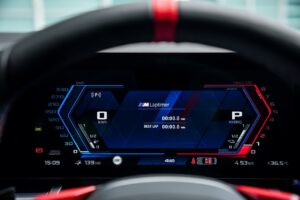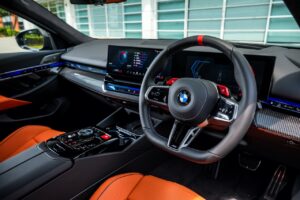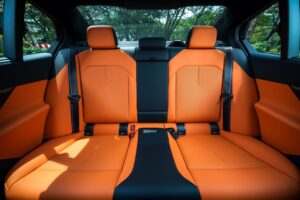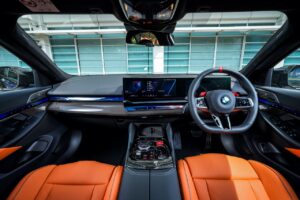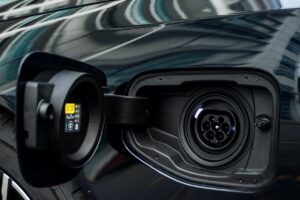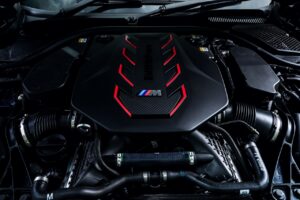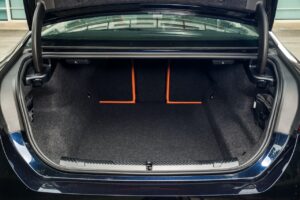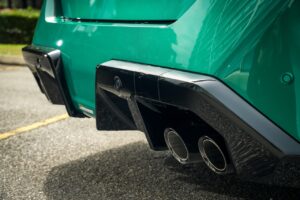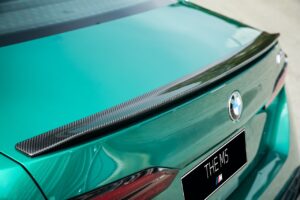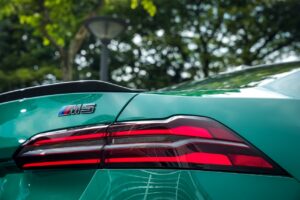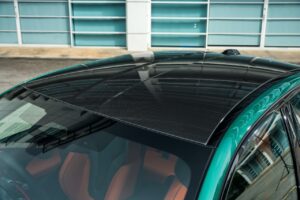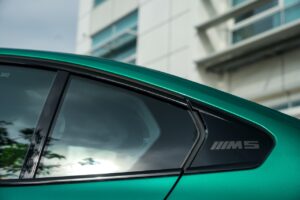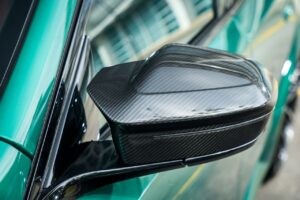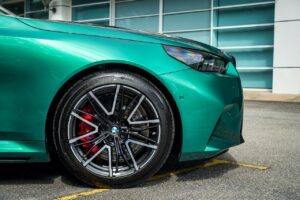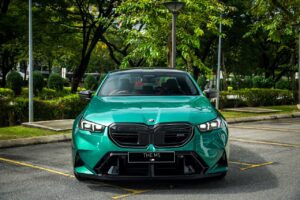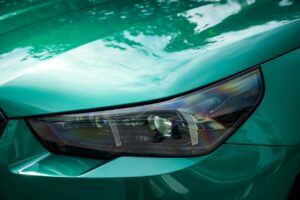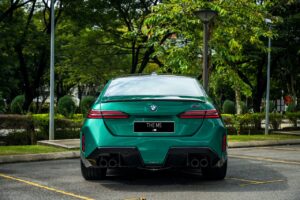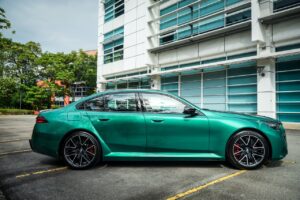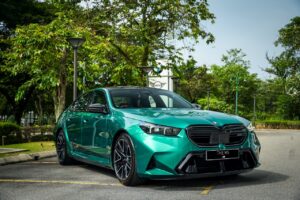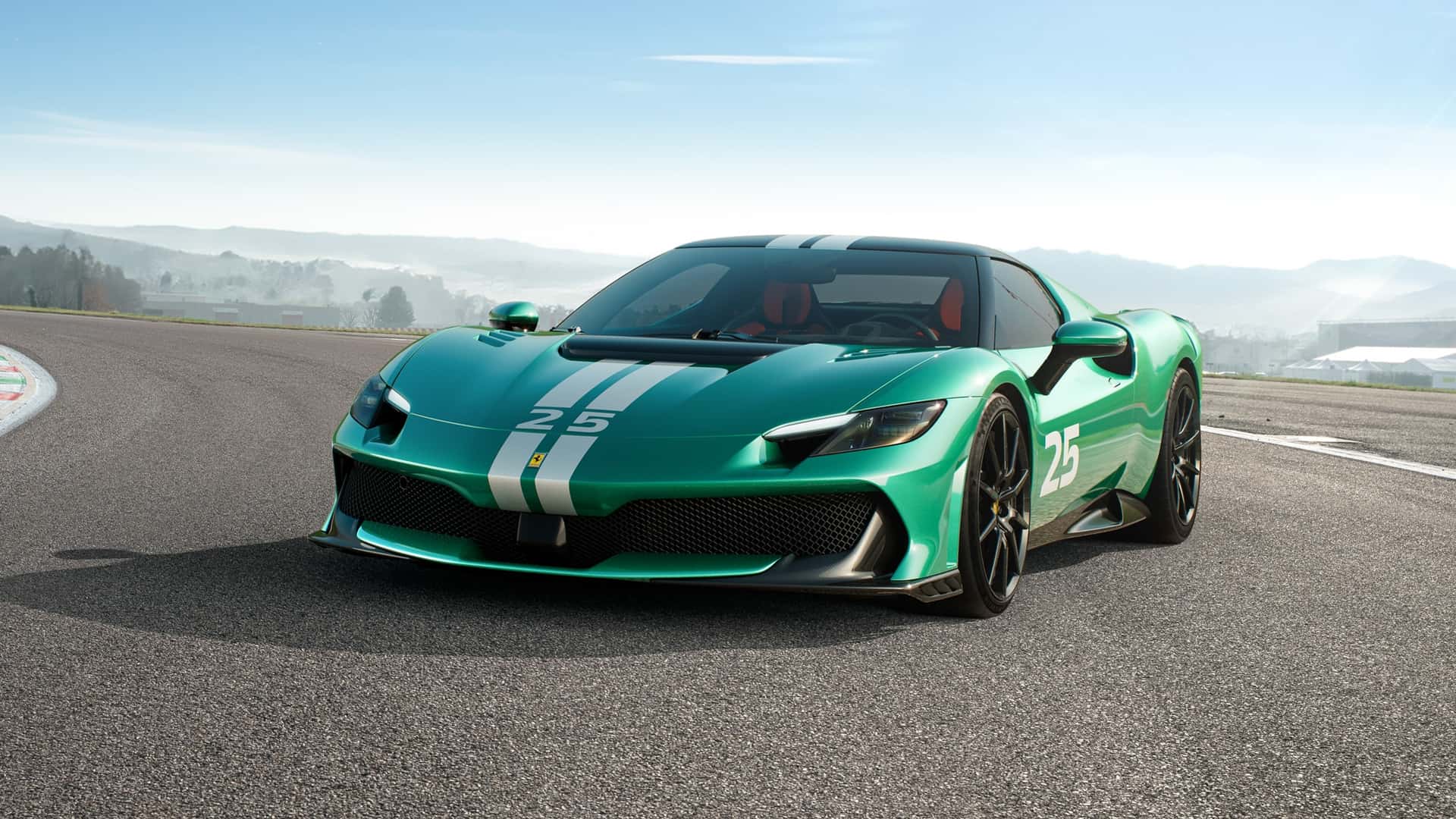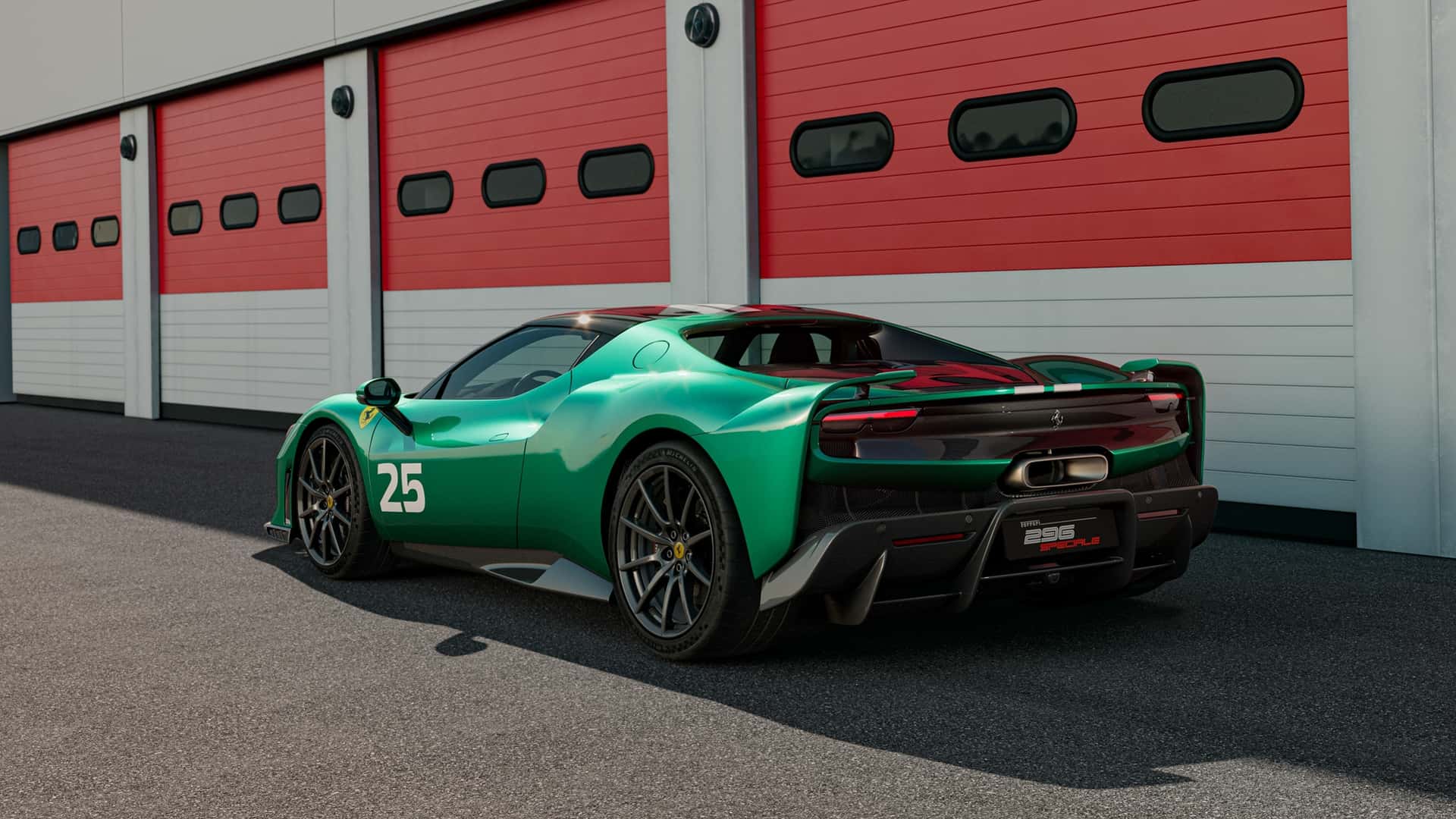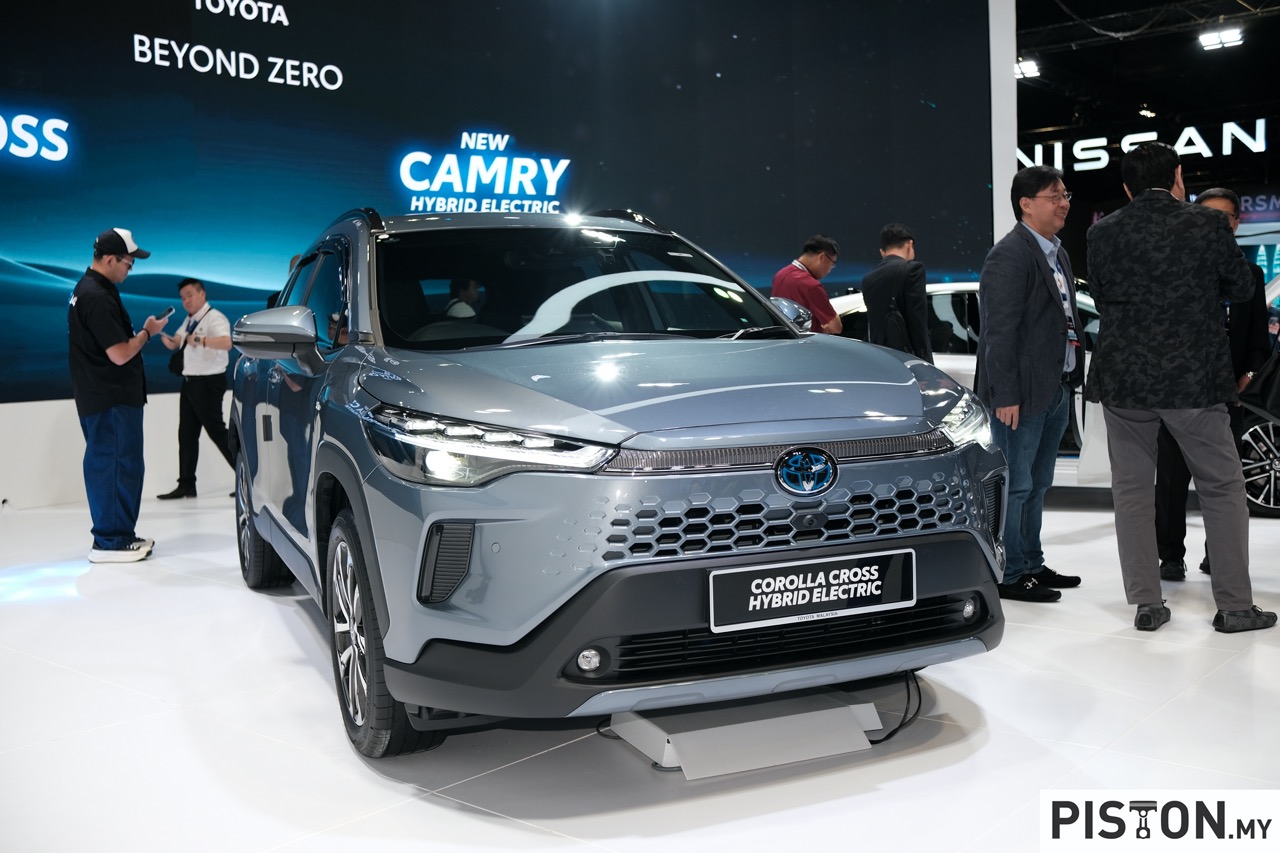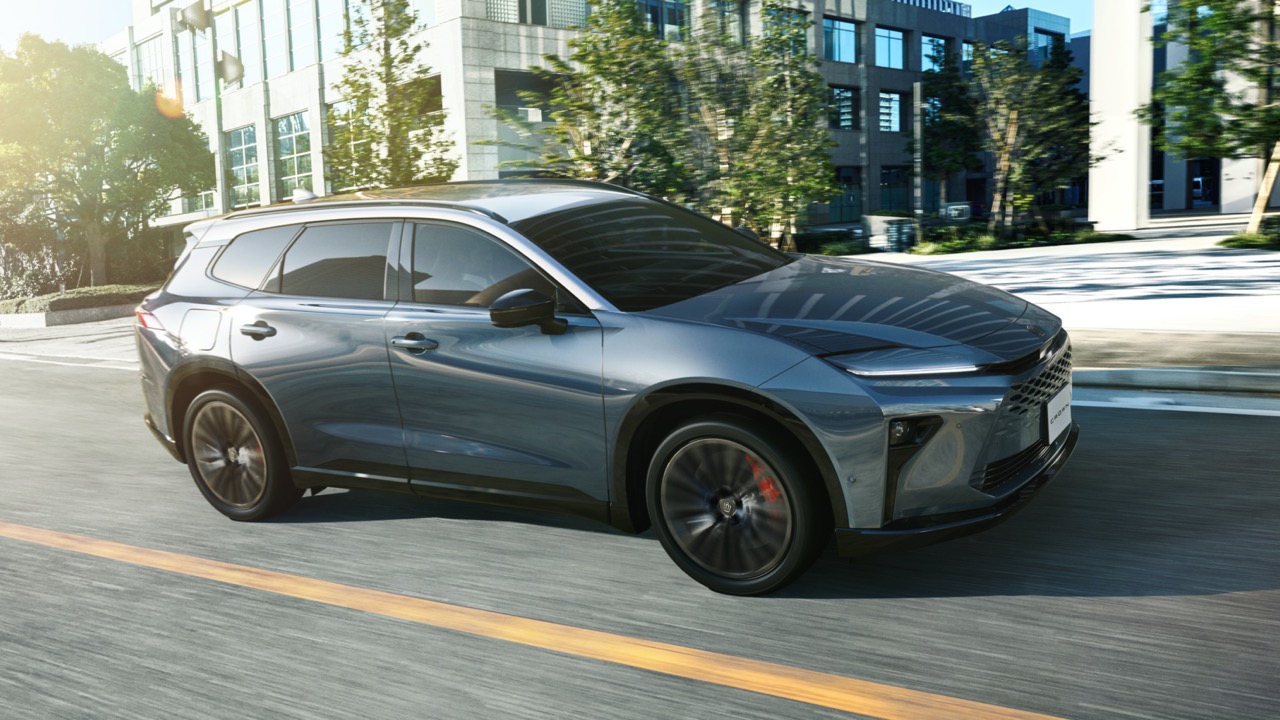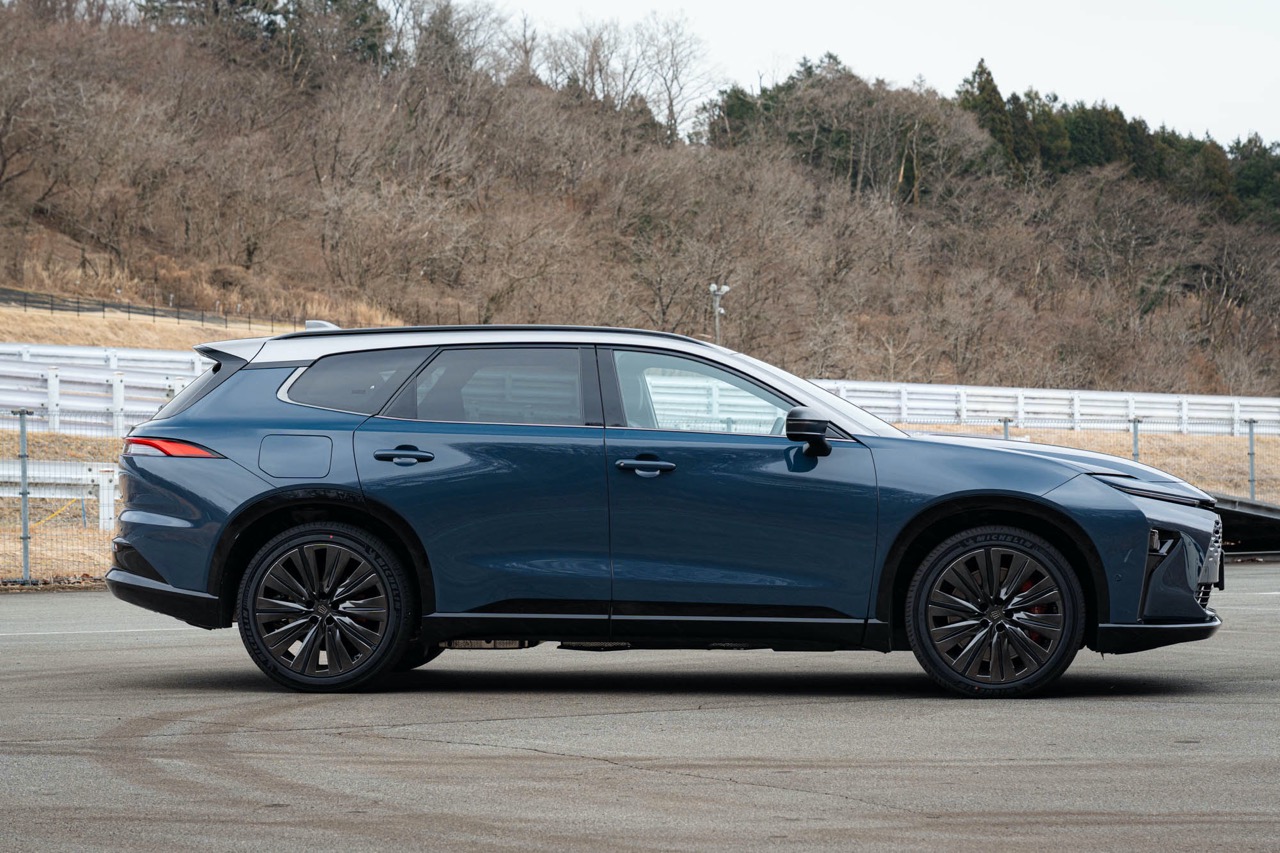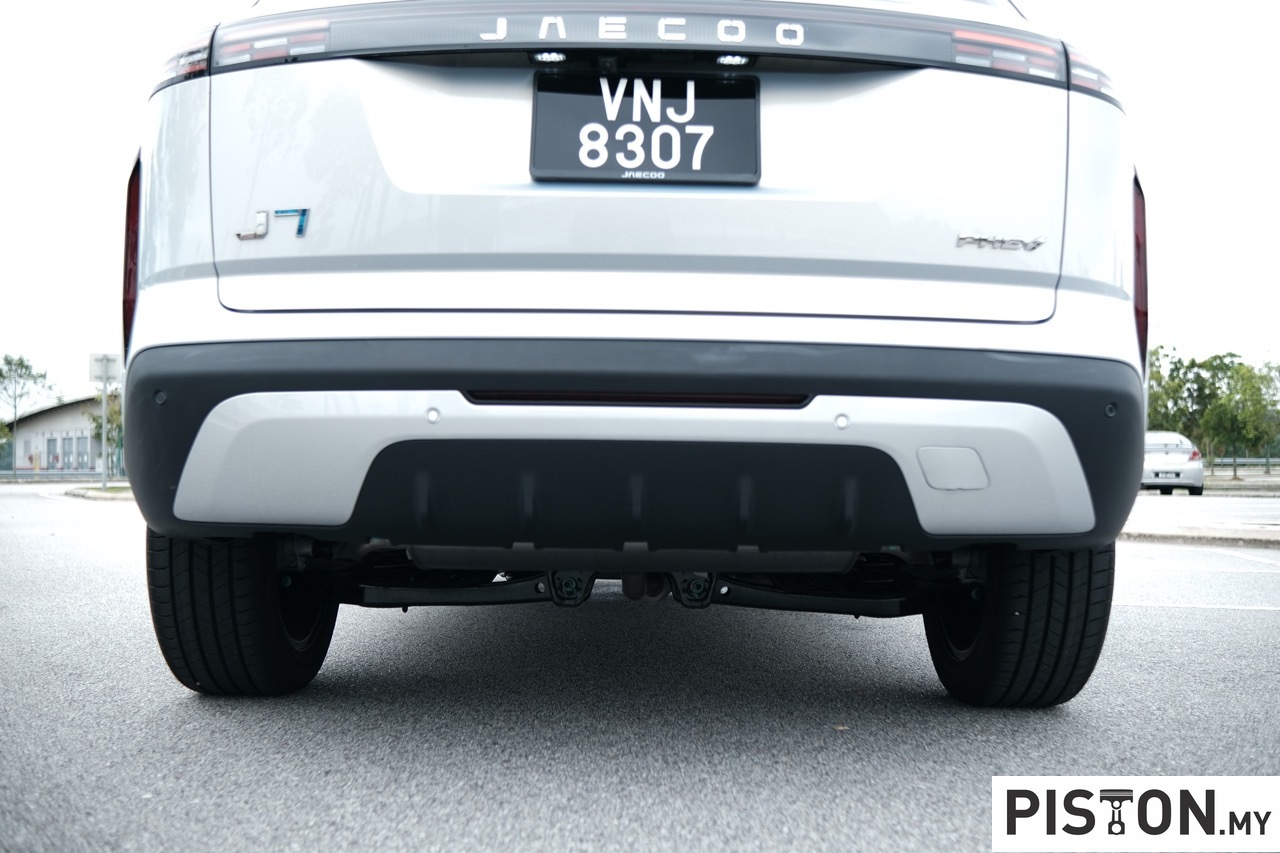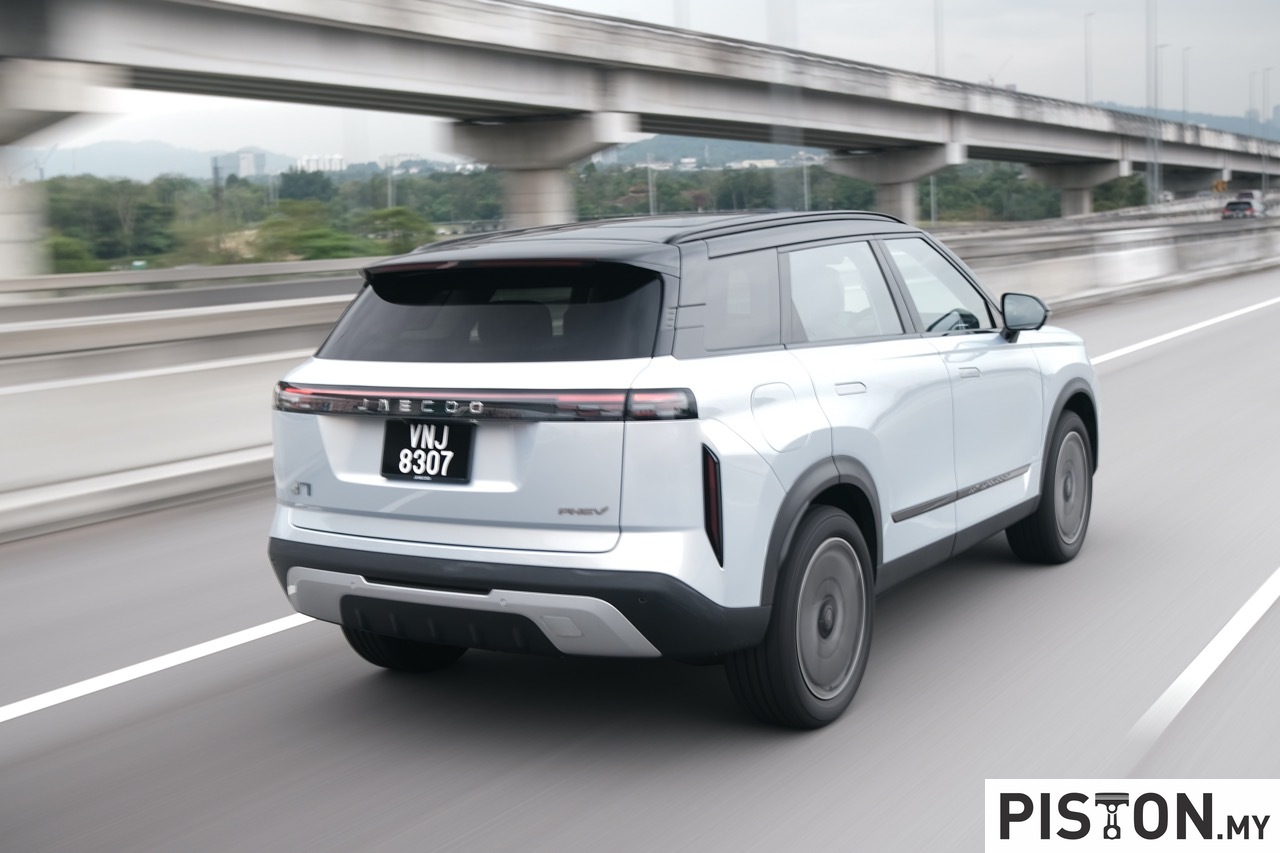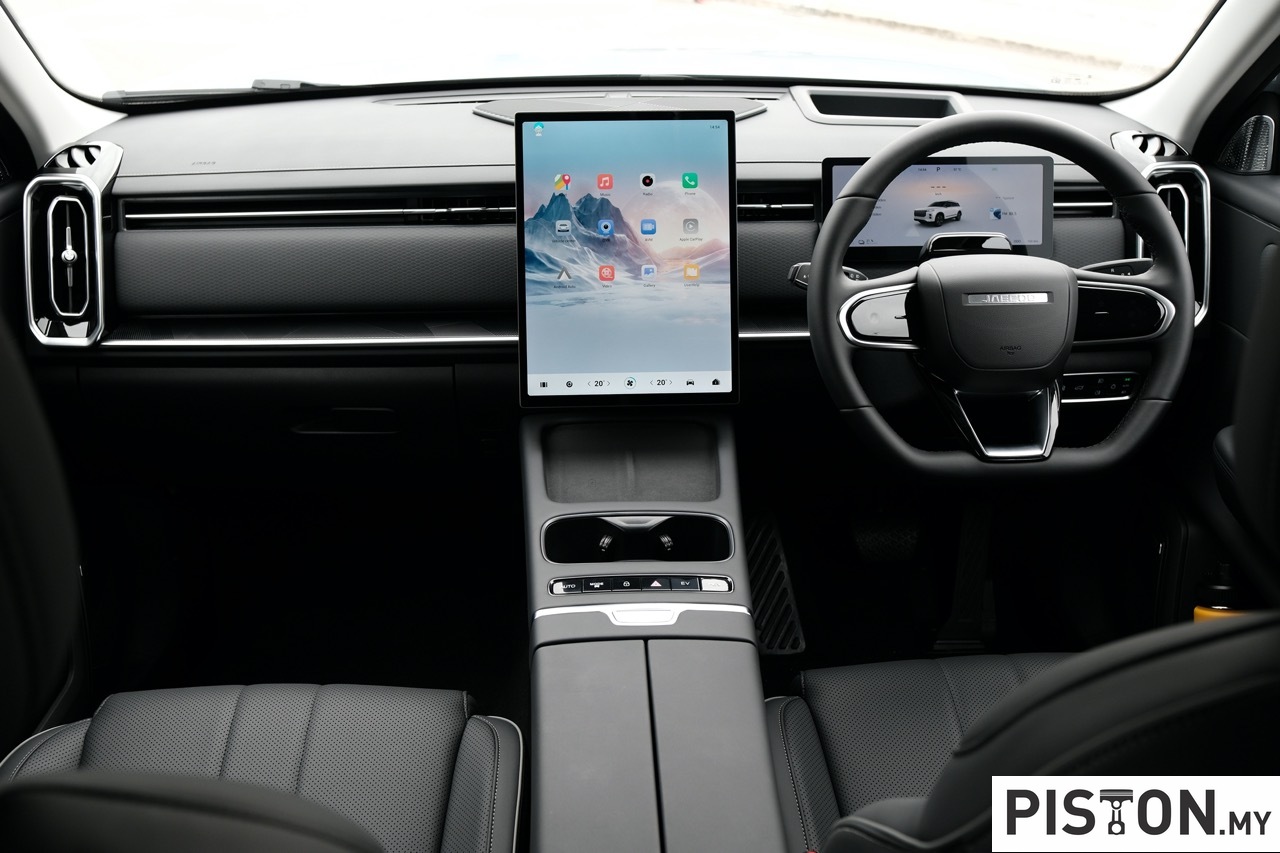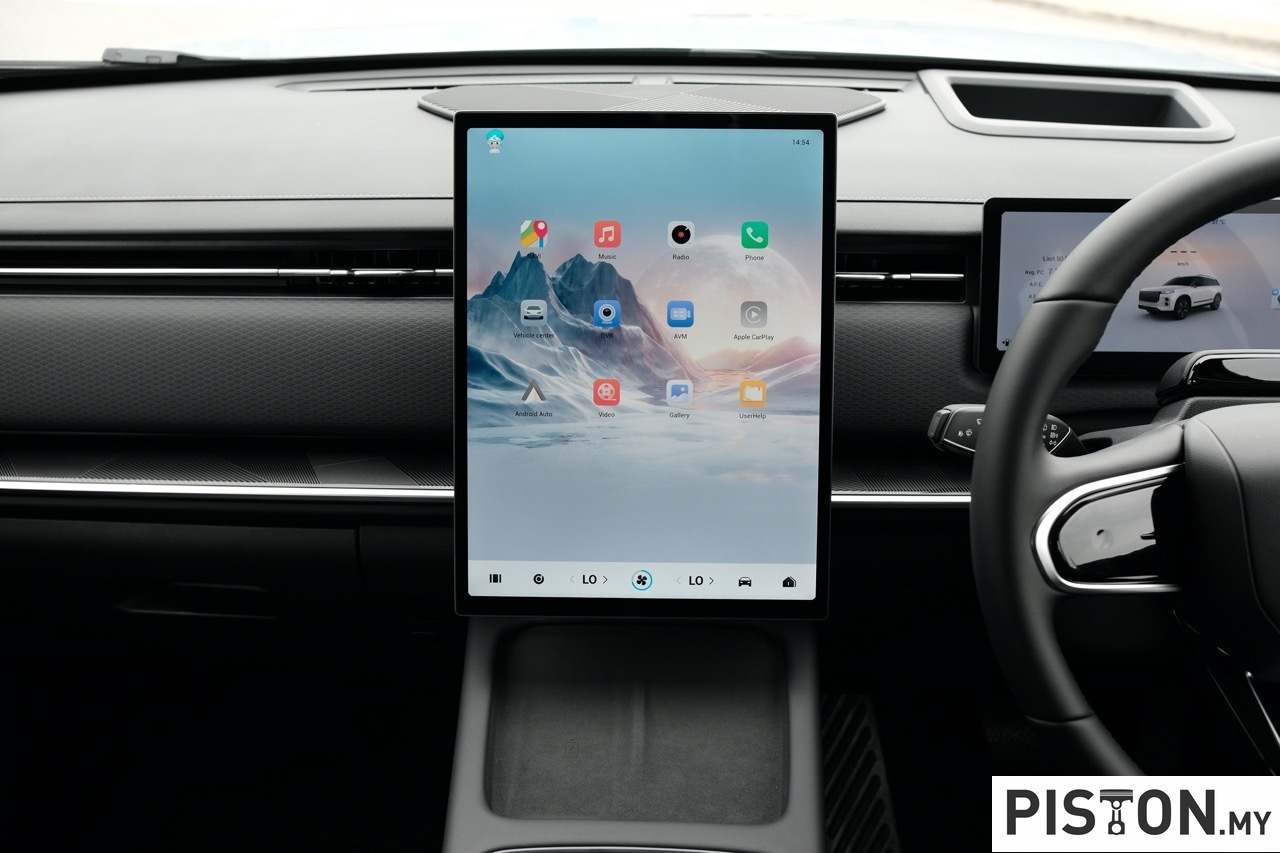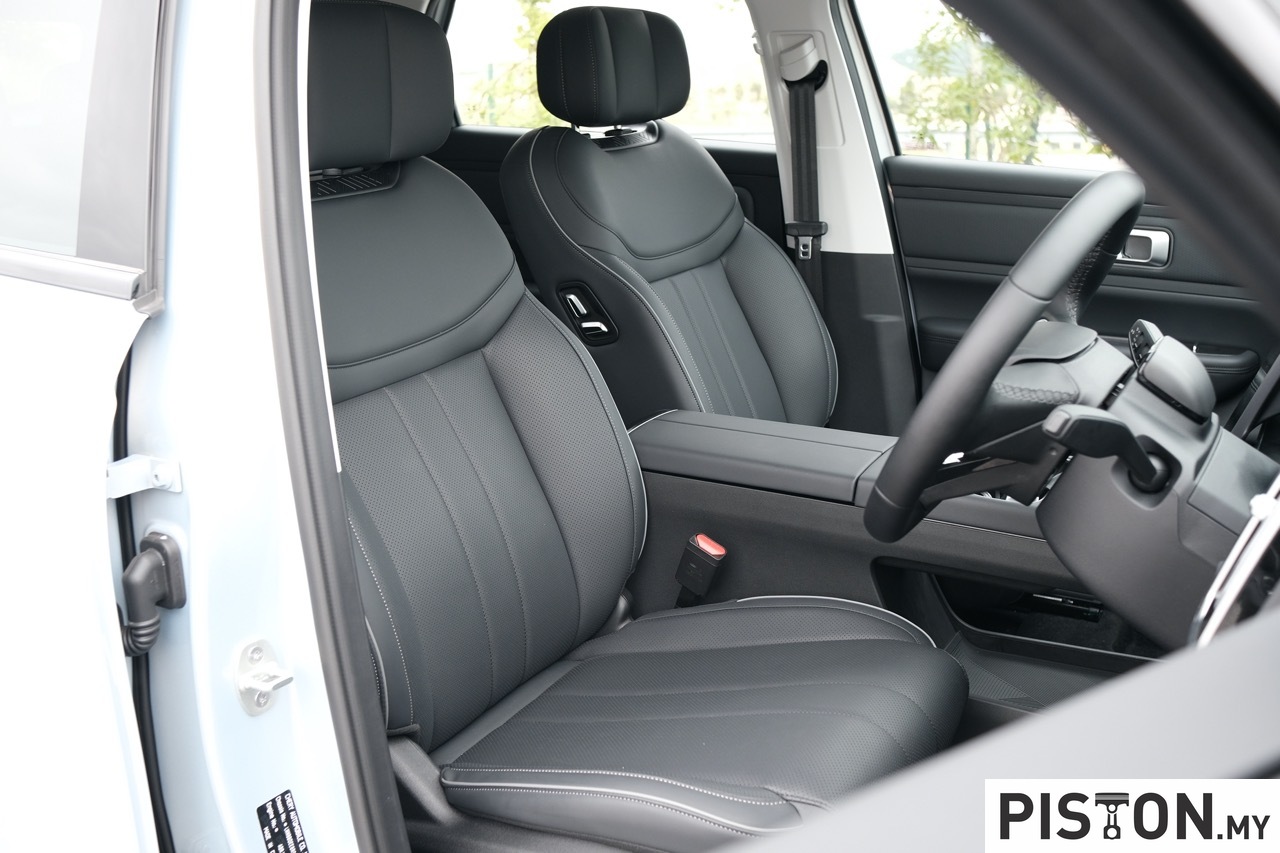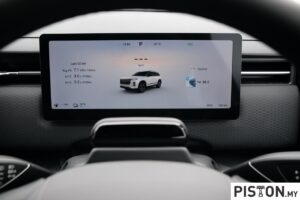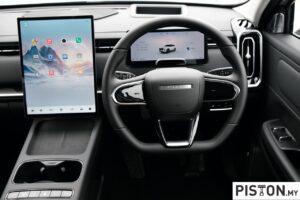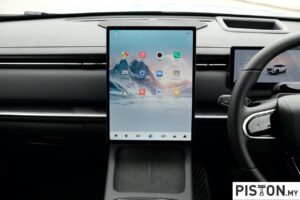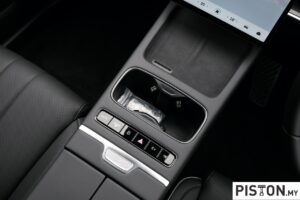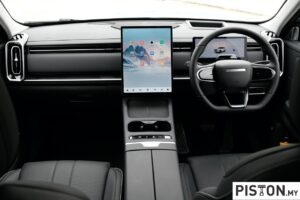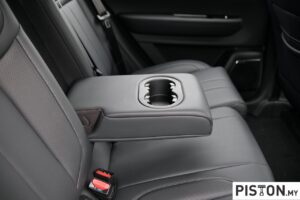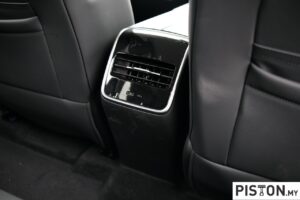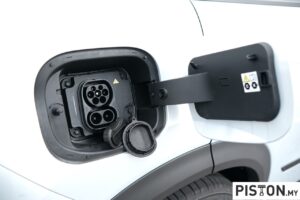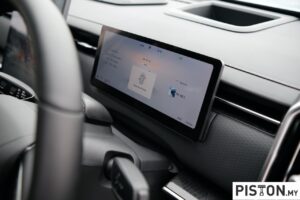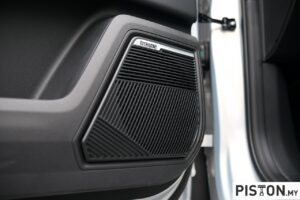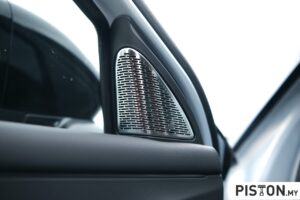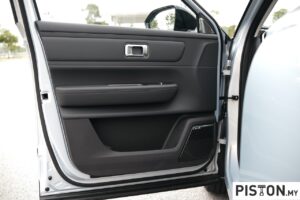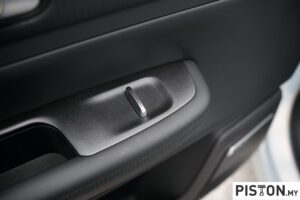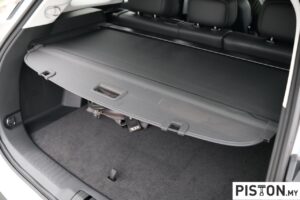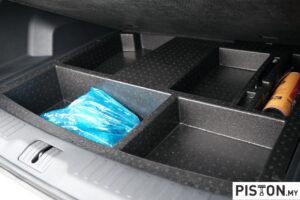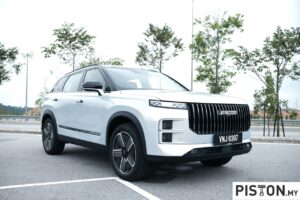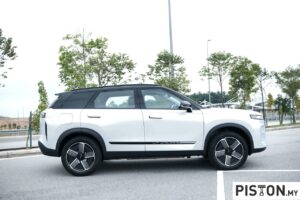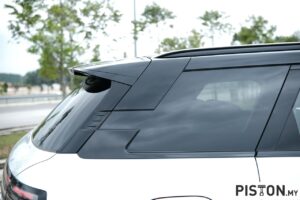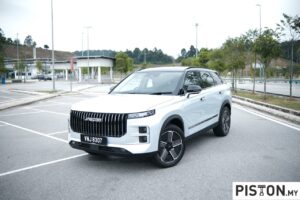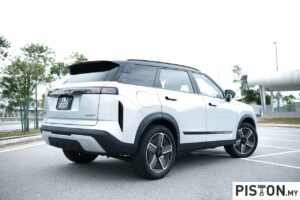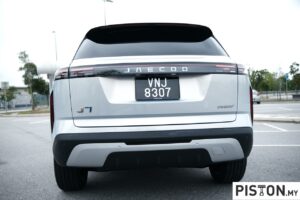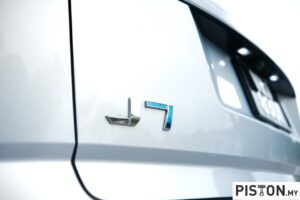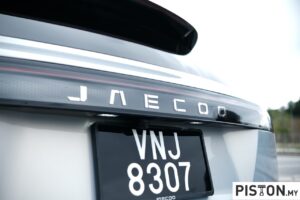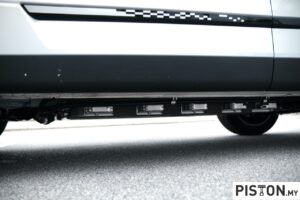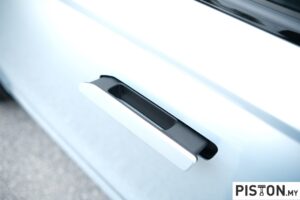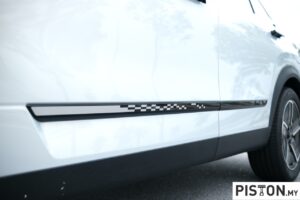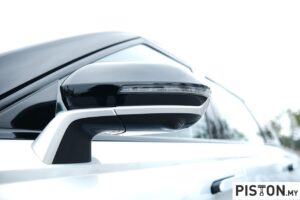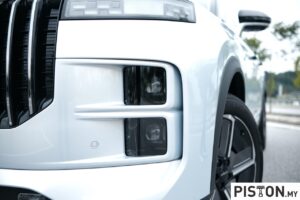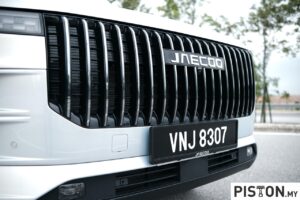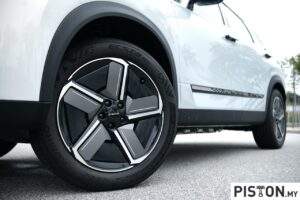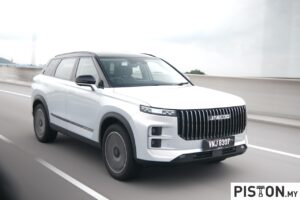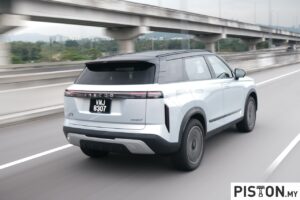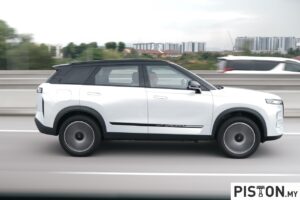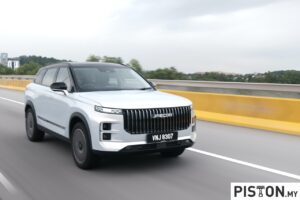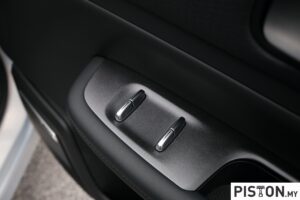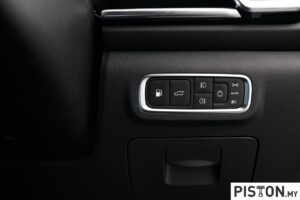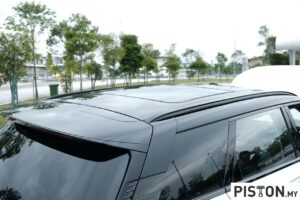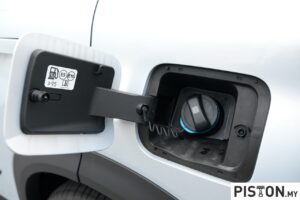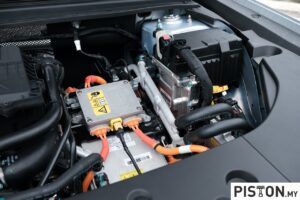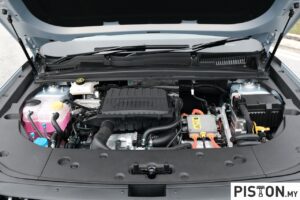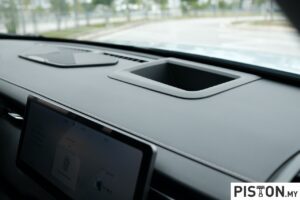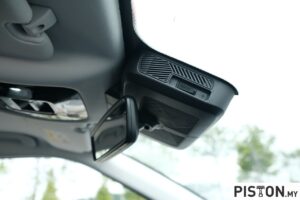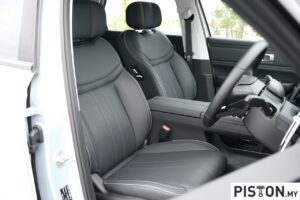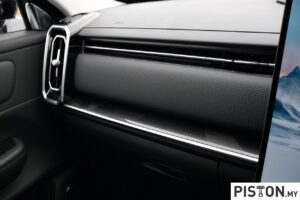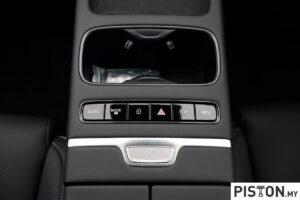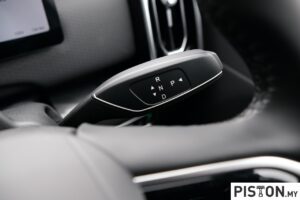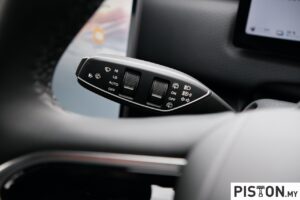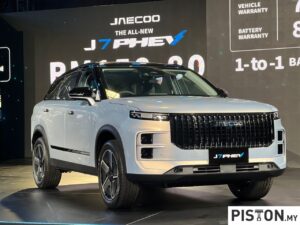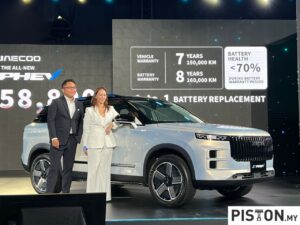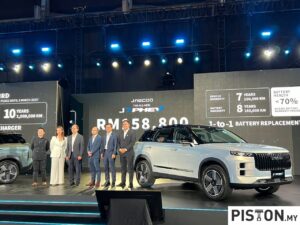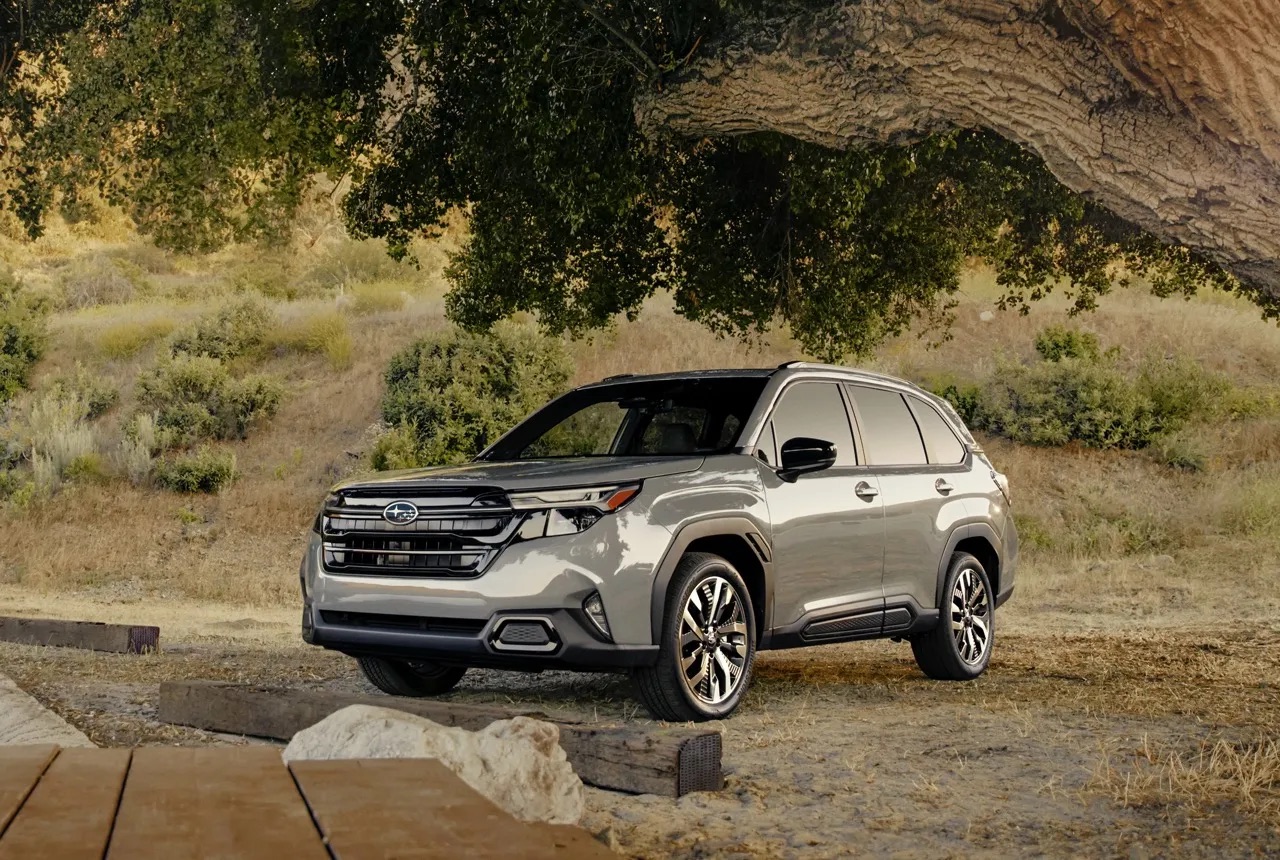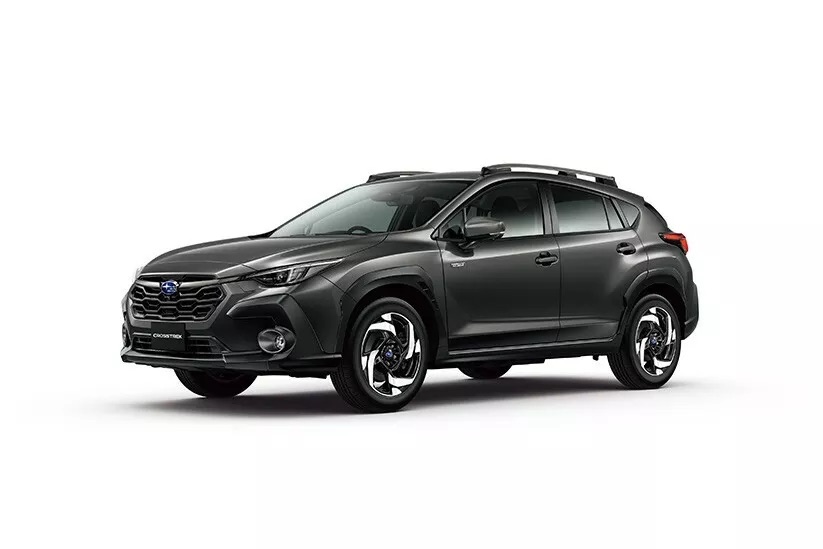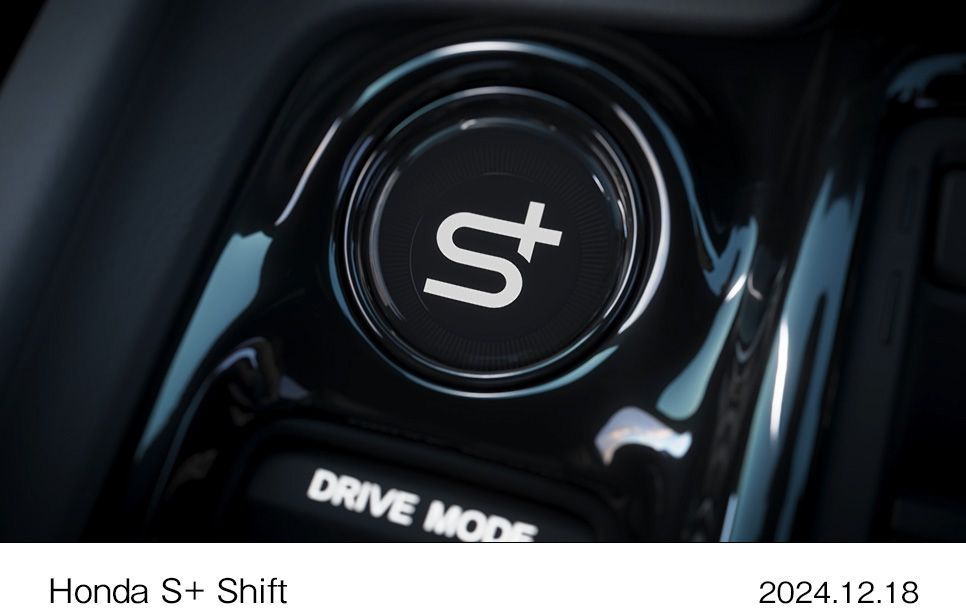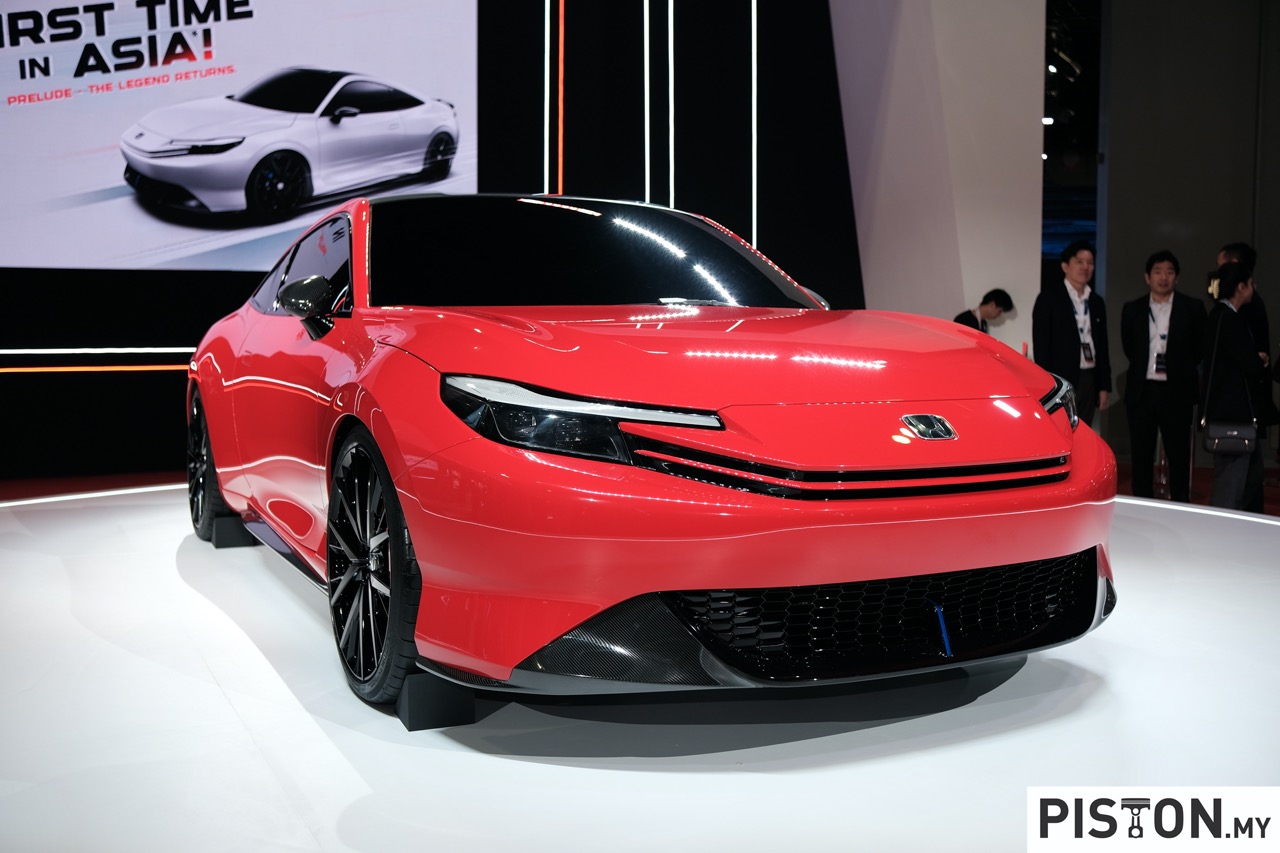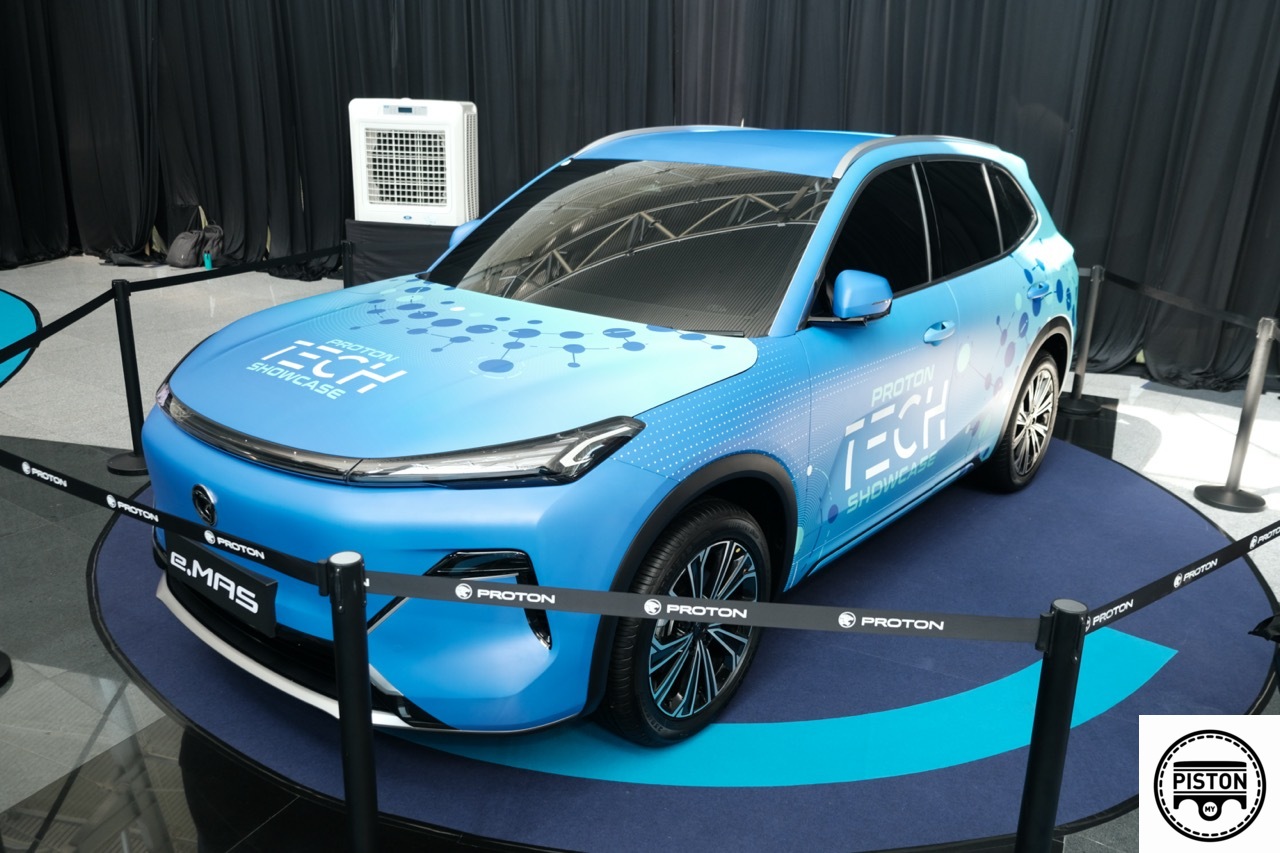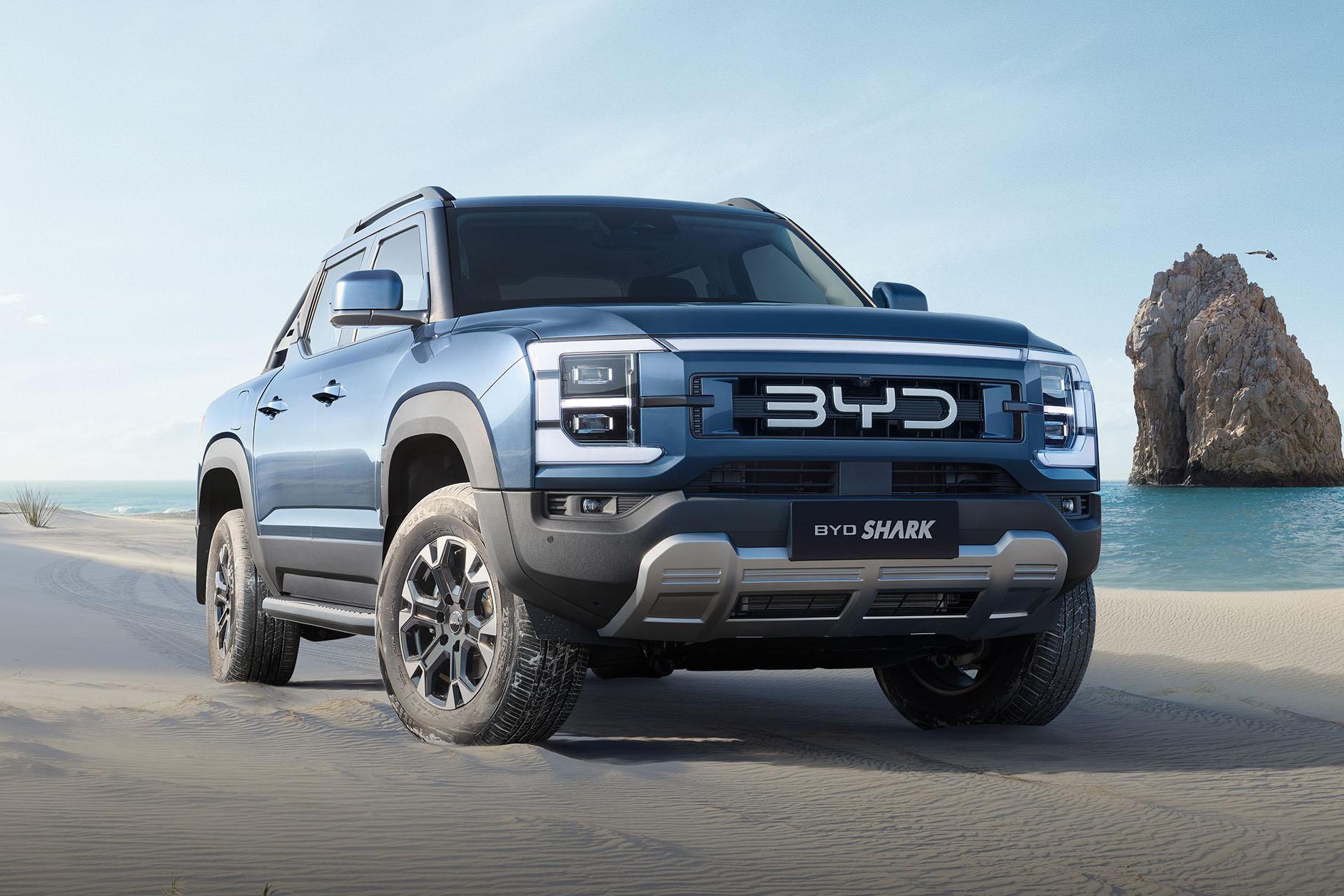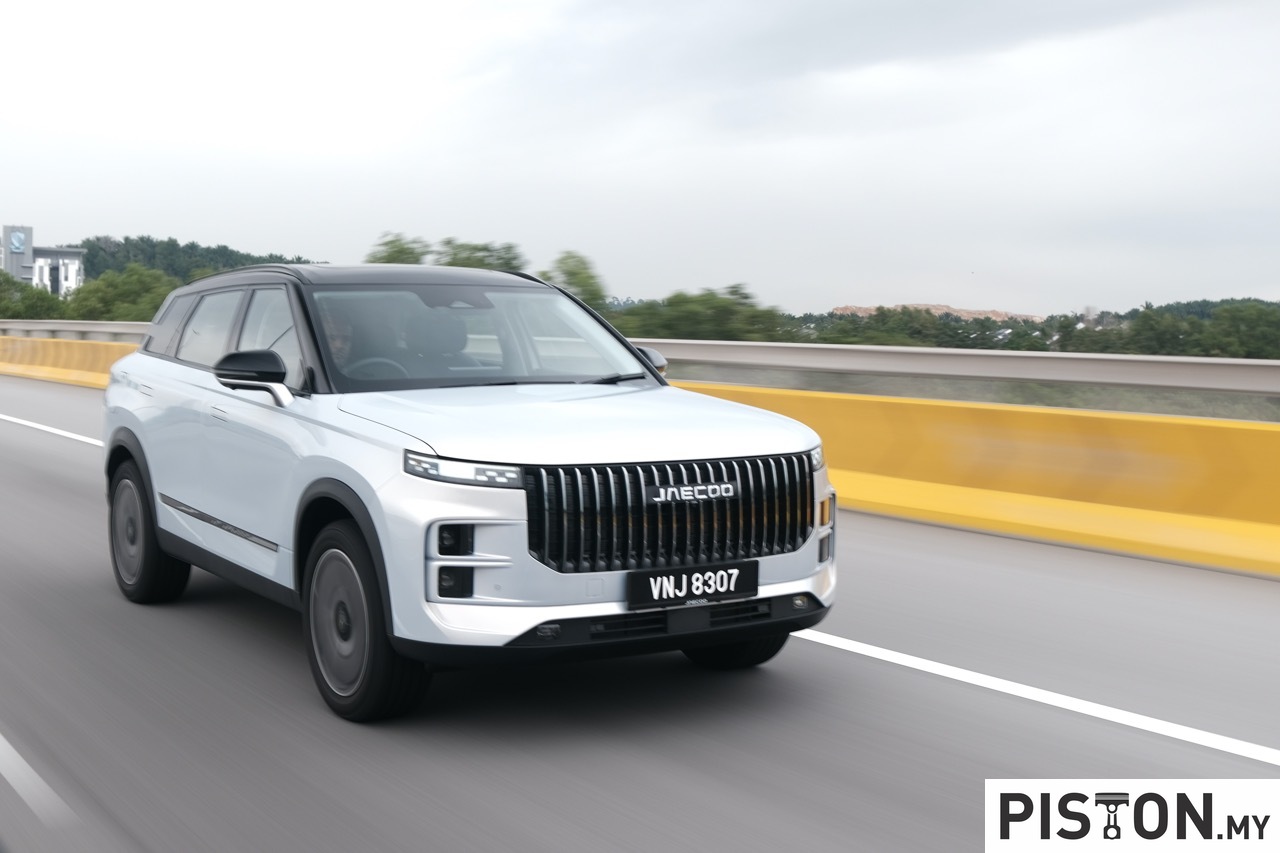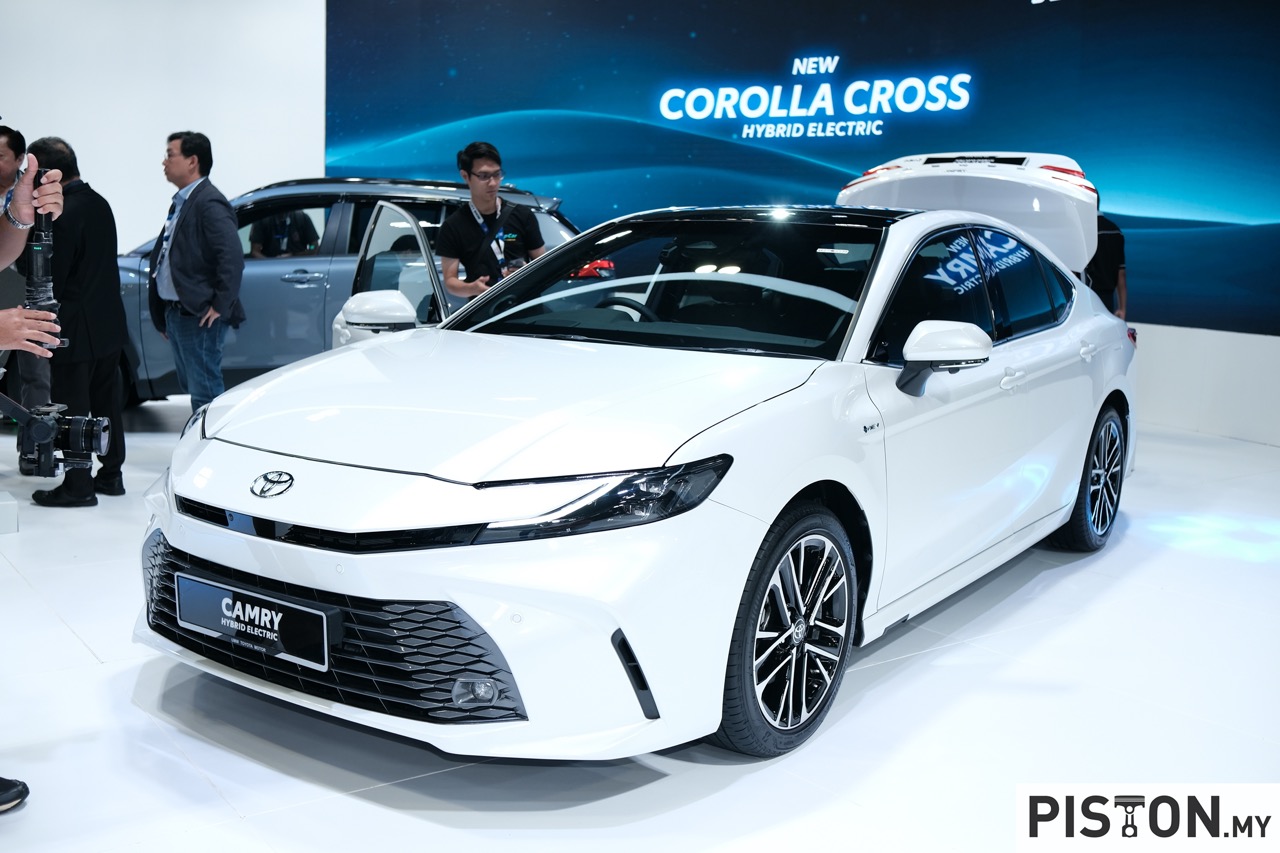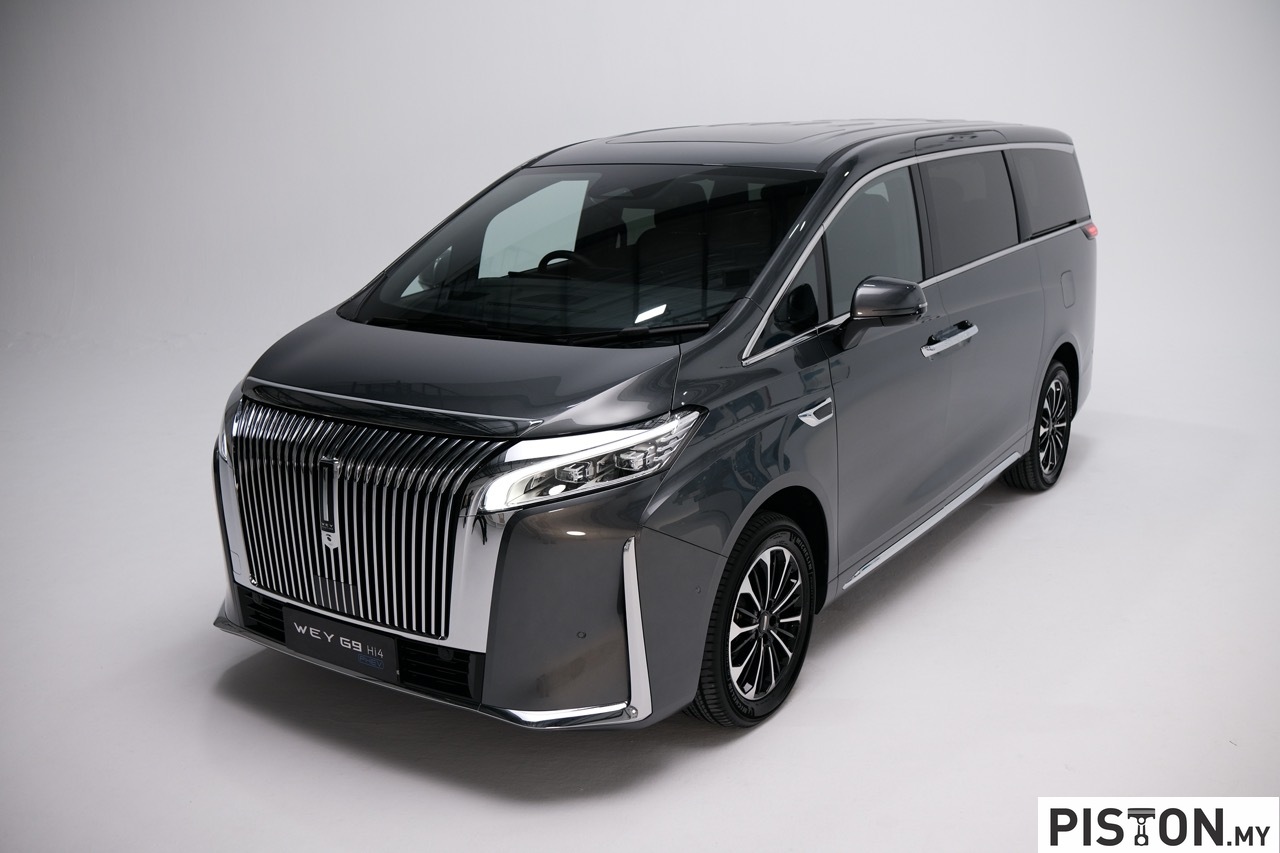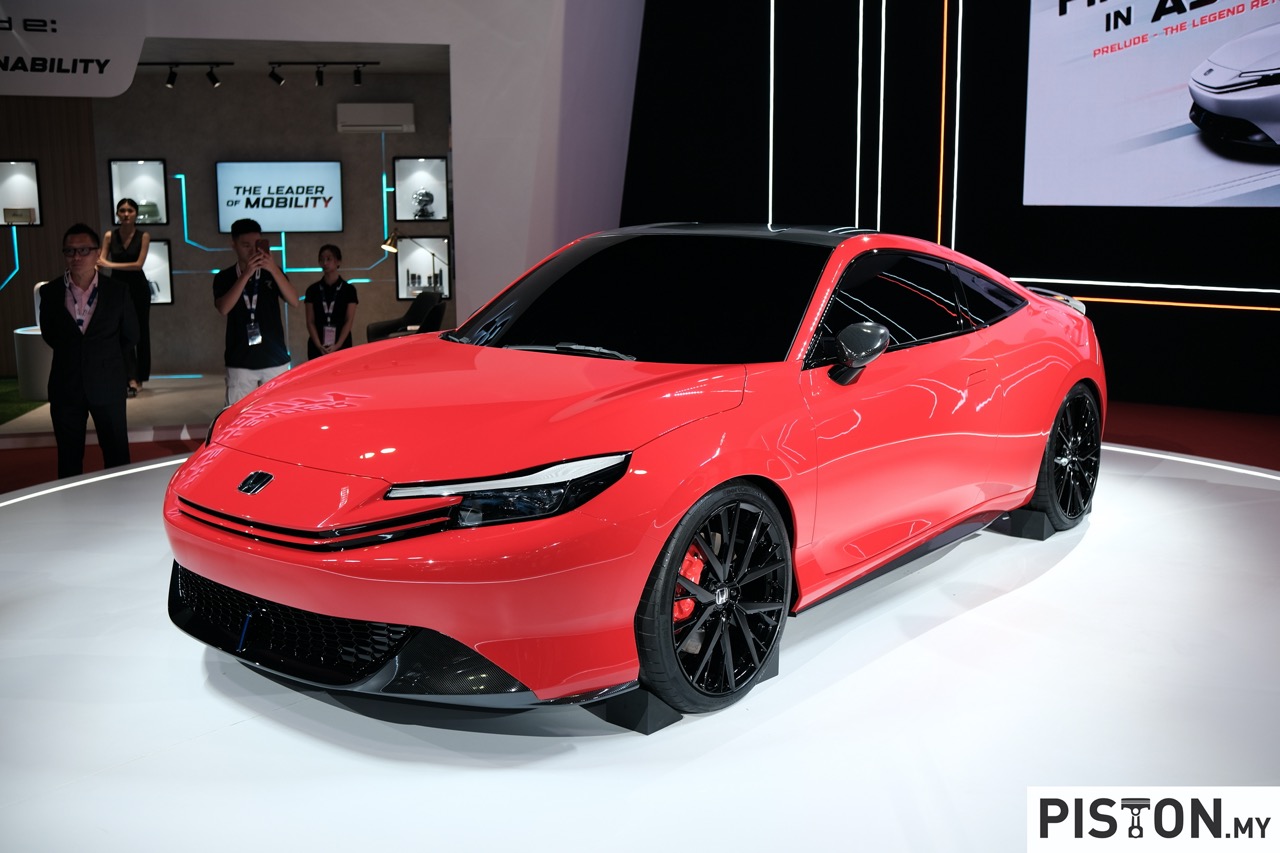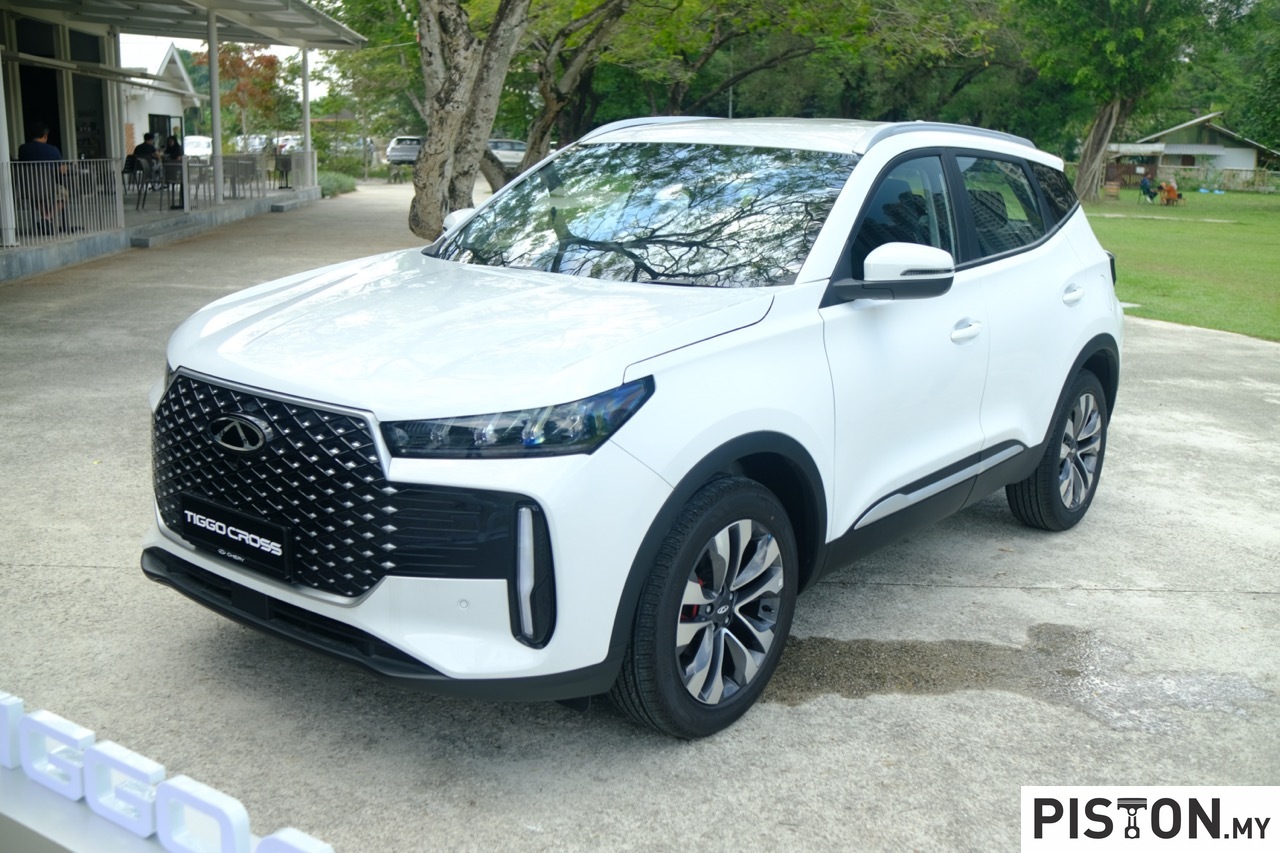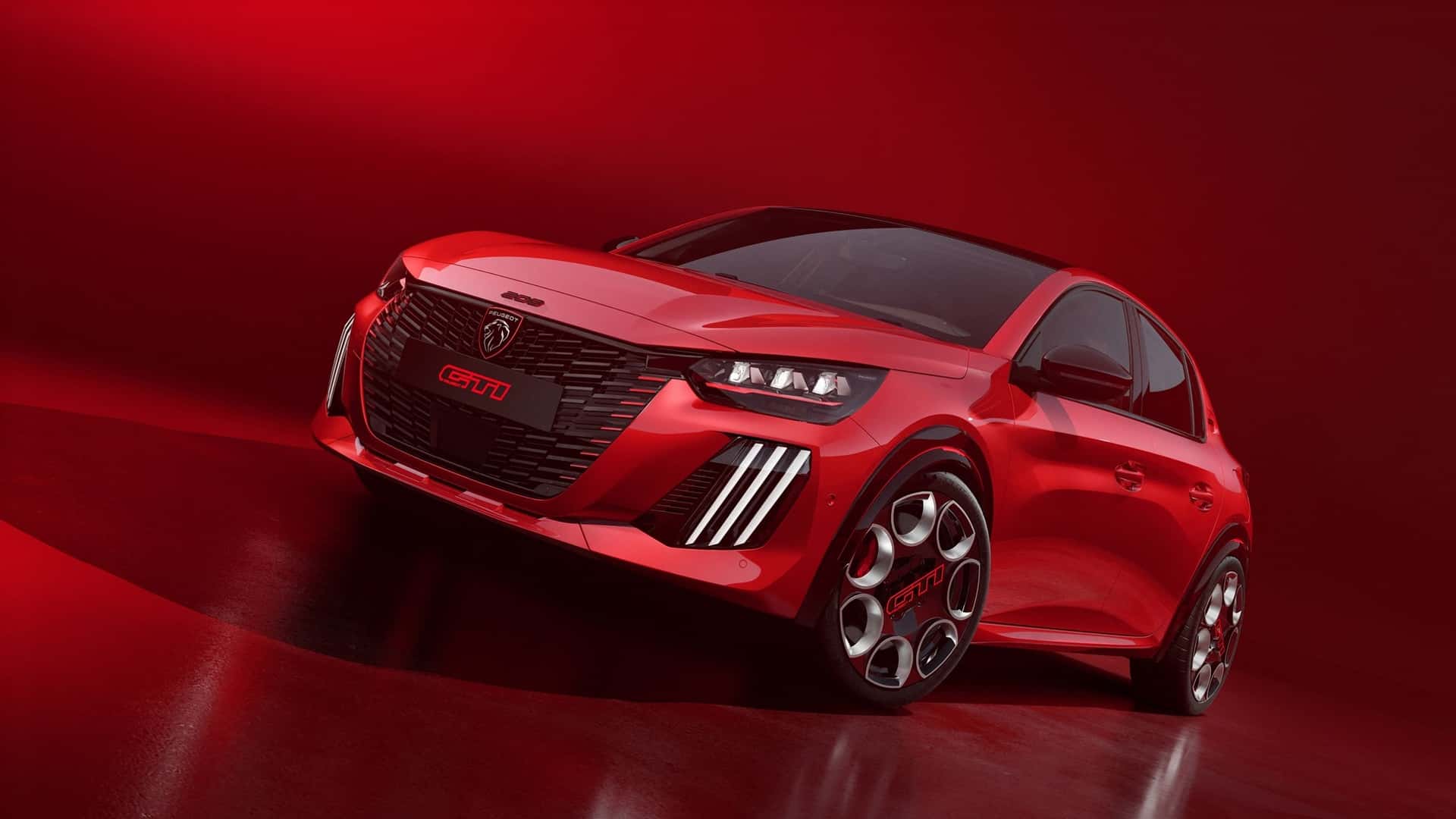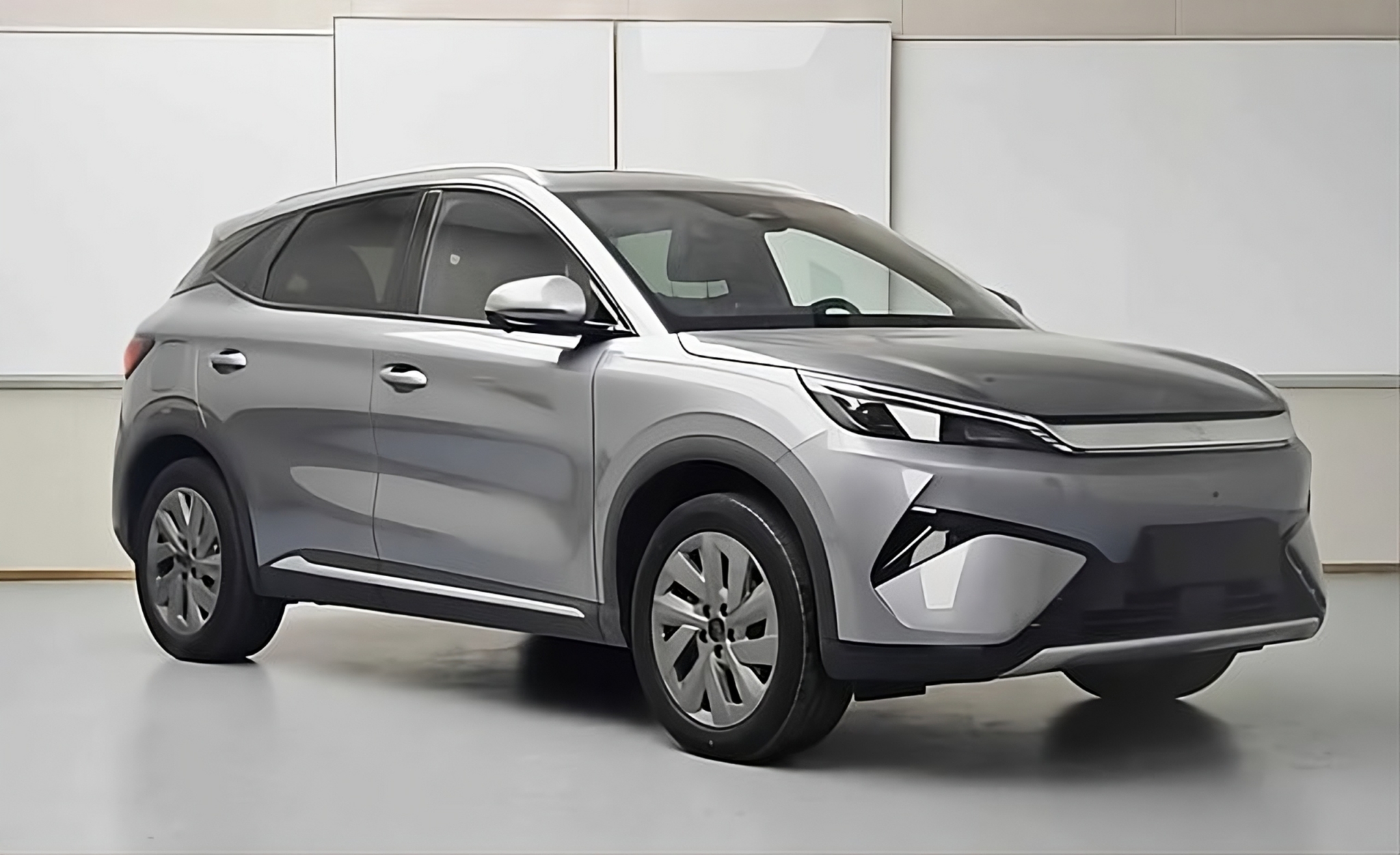BMW Malaysia made a commanding statement at the MY BMW World 2025 exhibition with the unveiling of the New BMW M5, marking a significant milestone for the iconic performance sedan as it embraces electrified power for the first time. Alongside the M5, the New BMW M3 Competition M xDrive, New BMW M2, and the New BMW M4 Competition Coupé M xDrive were also presented, showcasing the latest in high-performance engineering and design from BMW M.
The New BMW M5 introduces a bold evolution of the M legacy, combining motorsport heritage with an advanced hybrid powertrain. Visually, it asserts dominance with a low-slung silhouette, pronounced wheel arches, and chiselled bodywork. The front fascia is defined by large angular air intakes, a central M divider, and Adaptive LED Headlights with M Lights Shadowline, while the high-gloss black kidney grille is accentuated by the BMW Iconic Glow package.
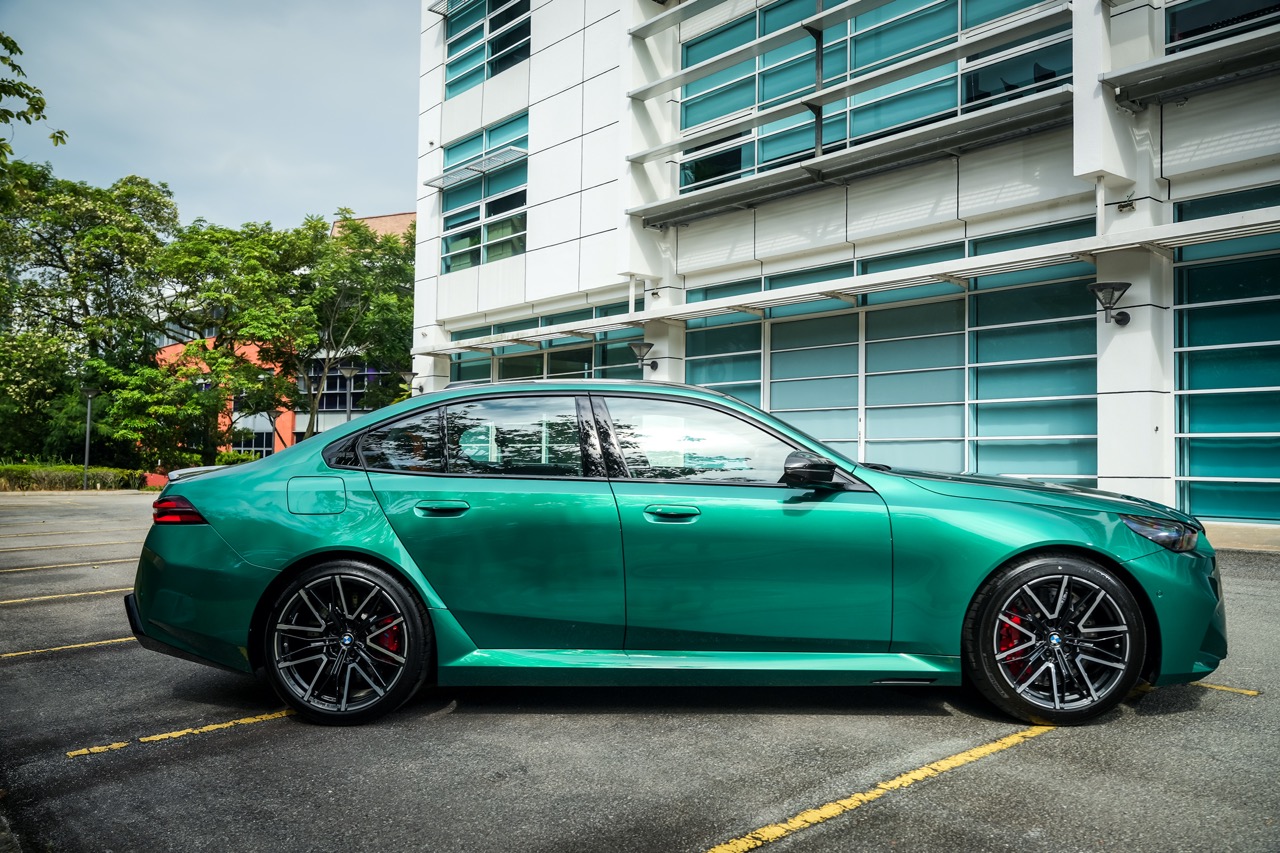
Subtle details such as the embossed M5 logo on the Hofmeister kink and the extended M High-Gloss Shadowline trim along the windows reinforce the sedan’s exclusive identity. At the rear, a sleek Gurney lip spoiler, vertical reflectors, and the signature M twin tailpipes embedded in a black two-piece diffuser underscore its motorsport pedigree. The athletic stance is completed by staggered 20” and 21” M light alloy wheels in double-spoke style 951 M Bicolour Midnight Grey, with the optional M Carbon Exterior Package further enhancing the car’s dynamic persona.
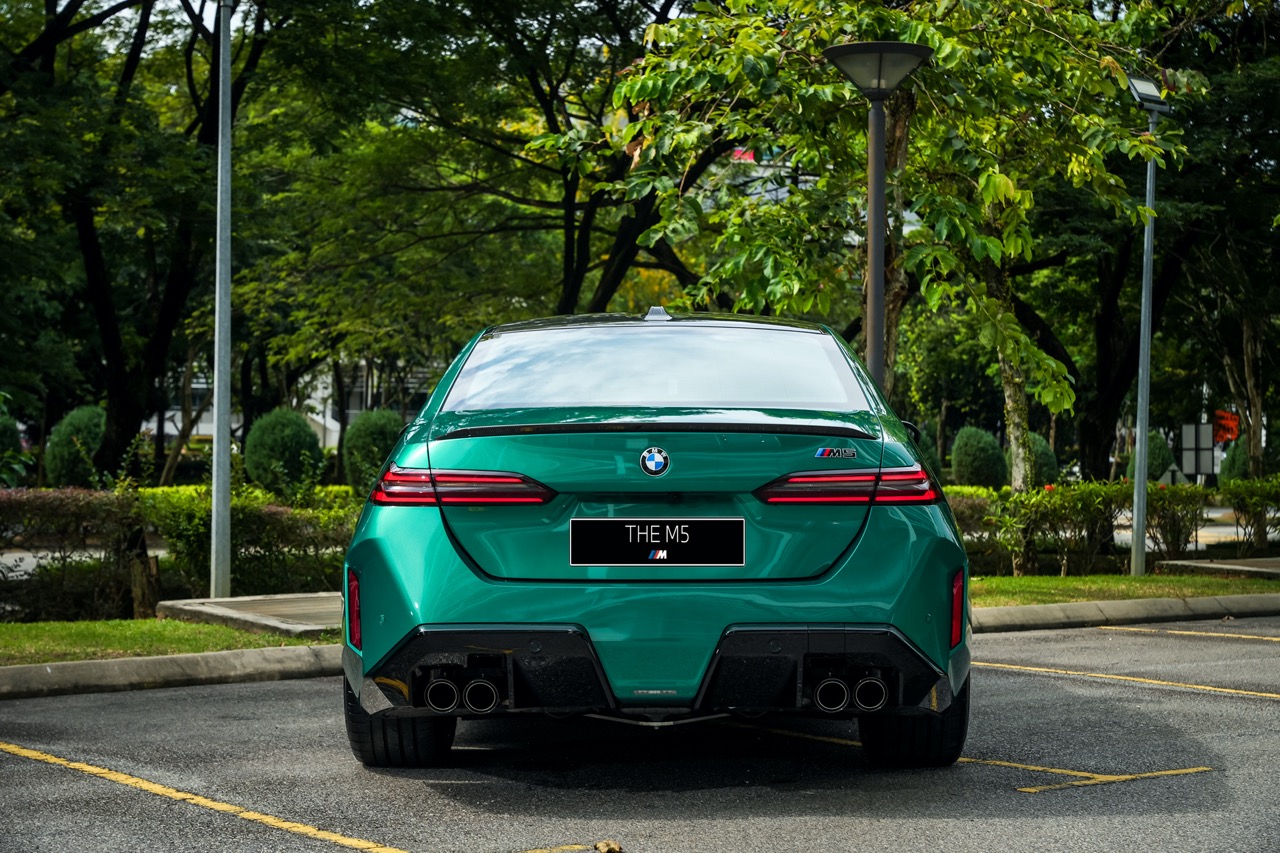
Inside, the M5 combines motorsport function with premium materials and design. The cabin is dominated by the BMW Curved Display, integrating a 12.3-inch instrument cluster and a 14.9-inch central touchscreen — both delivering M-specific graphics and operated via BMW Live Cockpit Professional. The BMW Intelligent Personal Assistant and a dedicated M Controller in the centre console enhance driver engagement. A newly designed M steering wheel features a flattened bottom, red 12 o’clock marker, M shift paddles, and direct access to M1/M2 driving profiles, M Hybrid modes, and the Start/Stop ignition button, now in M’s signature red.
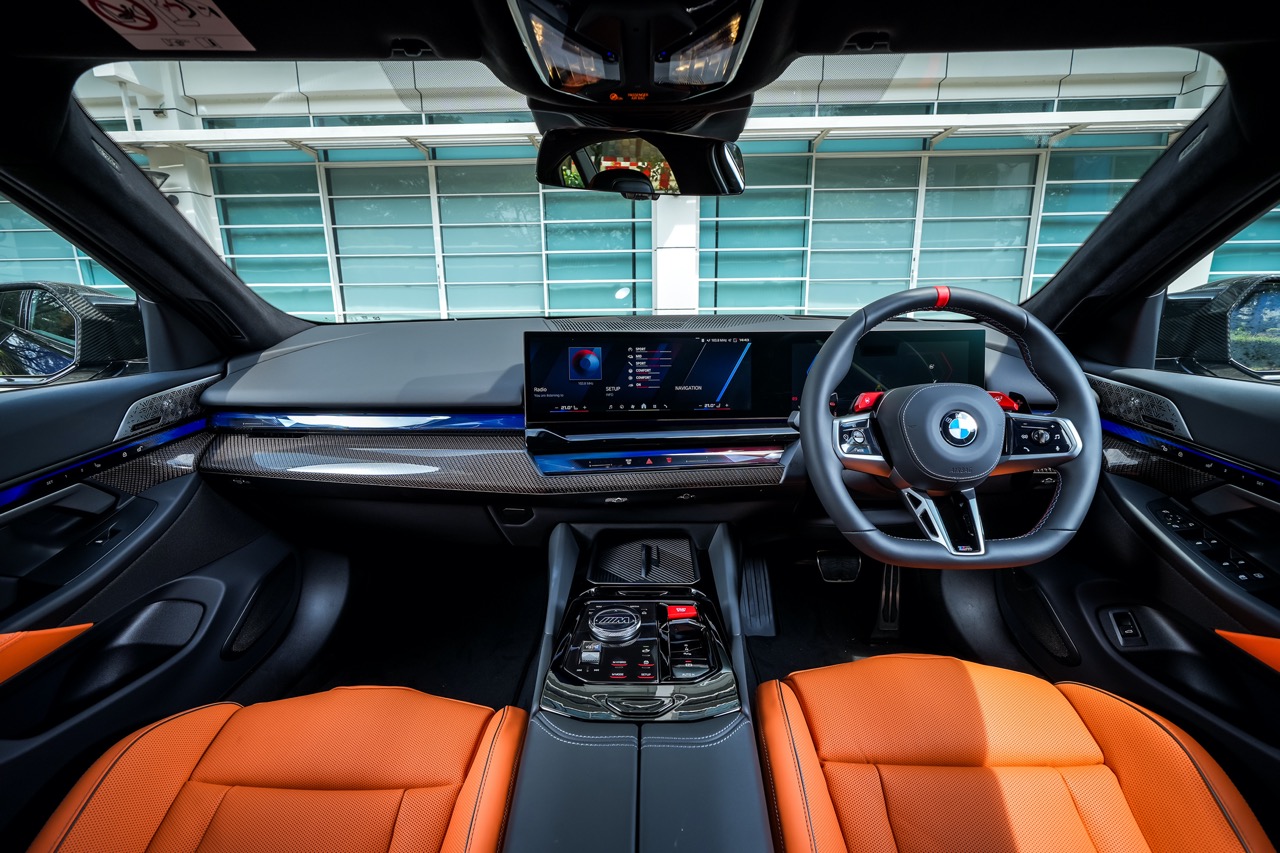
Ambient lighting and the BMW Interaction Bar respond to driving modes — Road, Sport, or Track — further immersing occupants in the performance experience. Two-tone Merino leather, carbon fibre trim inlaid with high-gloss silver thread, M seat belts, and an Alcantara anthracite headliner offer an interior that is both luxurious and assertively sporty.
Electrically adjustable M multifunction seats with lumbar support, memory function, and heating, along with generous rear seating and a cleverly packaged high-voltage battery that preserves 466 litres of boot space, provide everyday comfort. A 4-zone climate control system, Comfort Access, a wireless charging tray, and a 655W Bowers & Wilkins surround sound system with 18 speakers complete the premium environment.
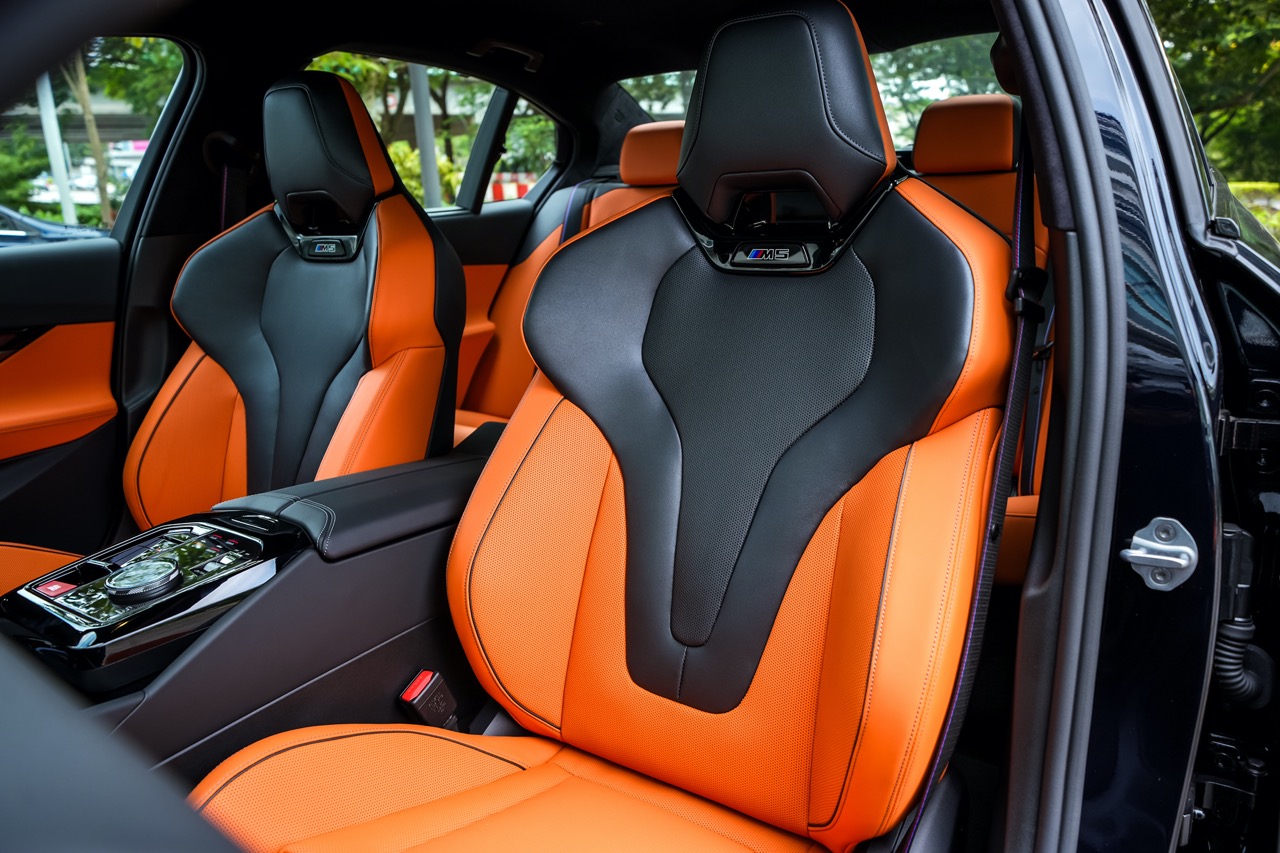
Beneath its sculpted bonnet, the New BMW M5 debuts an all-new M Hybrid powertrain. It combines a 585hp M TwinPower Turbo V8 engine with a fifth-generation BMW eDrive electric motor producing 197hp, resulting in a total system output of 727hp and a colossal 1,000Nm of torque. Paired with an 8-speed M Steptronic transmission, the sedan sprints from 0 to 100km/h in just 3.5 seconds, with 200km/h arriving in 10.9 seconds.
The hybrid system’s responsiveness is amplified by “Boost Control”, which delivers instant peak torque on demand between 30 and 150 km/h via the left shift paddle in M Track mode. With the electric motor complementing the V8 during full-throttle acceleration, mid-range sprints such as 80–120km/h are completed in just 2.9 seconds, faster than its predecessor. Acoustically, the M Sport exhaust system and BMW IconicSounds Electric soundtrack fuse to produce an exhilarating auditory experience.
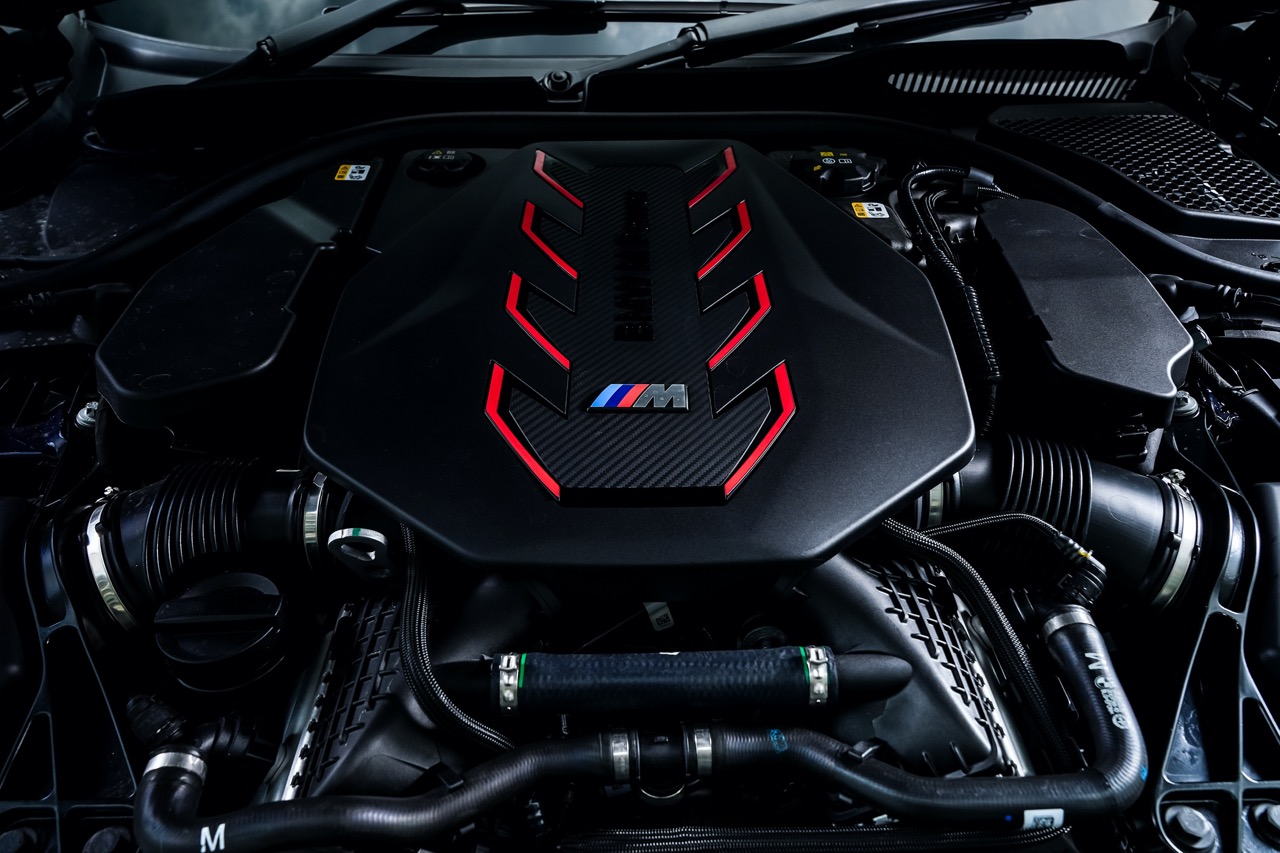
The lithium-ion battery, integrated flat within the underbody to preserve interior space and vehicle dynamics, offers a net capacity of 18.6 kWh — enabling up to 69km of electric-only driving (WLTP). Charging is efficient, with AC charging up to 11 kW, completing a full recharge in just over three hours.
Engineered on the G60 5 Series platform, the New M5 features a double wishbone front axle and a five-link rear axle, both with M-specific tuning. Adaptive M suspension allows the driver to select Comfort, Sport or Sport Plus settings, adapting instantly to road conditions. Integral Active Steering, now standard on the M5, enables rear-wheel steering up to 1.5 degrees, significantly improving agility in tight spaces and stability at higher speeds.
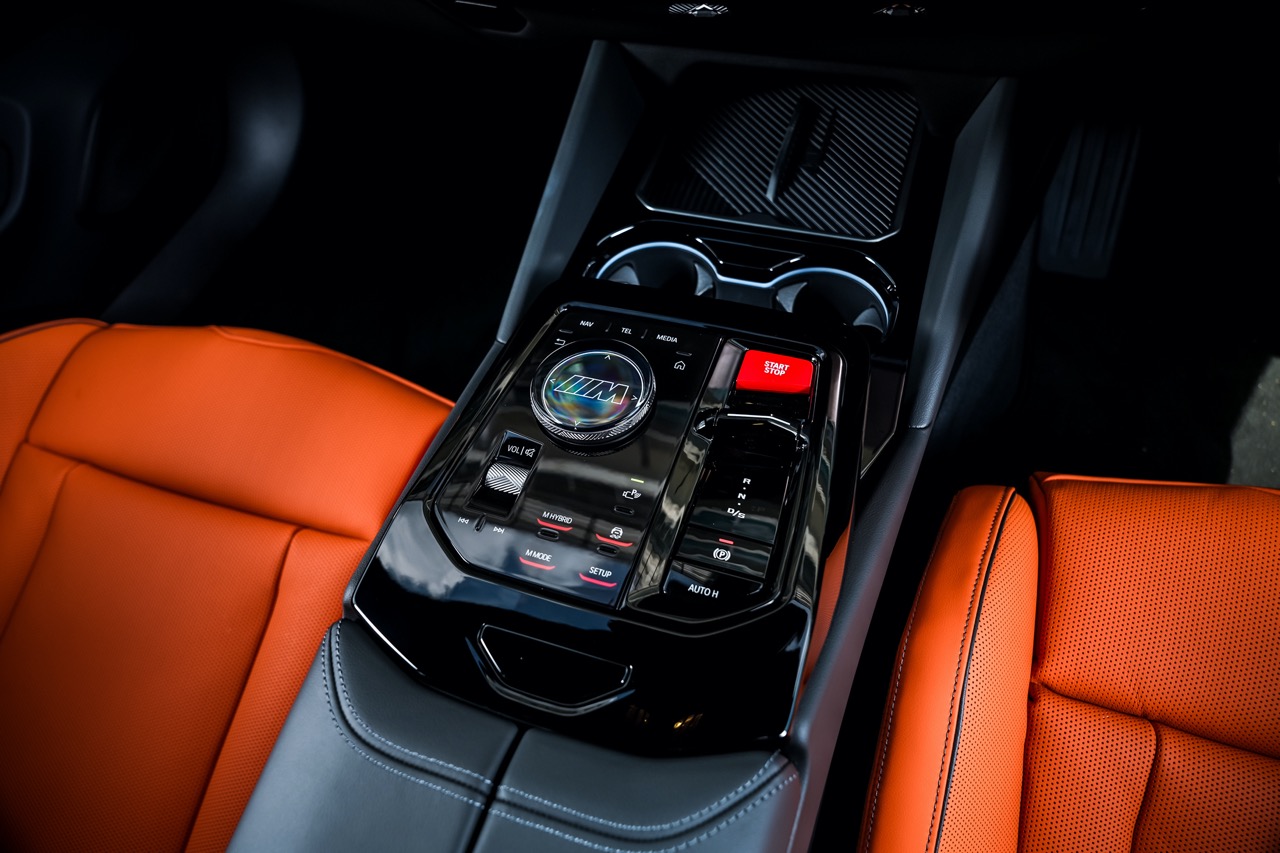
The M xDrive all-wheel drive system is reengineered to handle the hybrid’s immense torque, offering selectable driving modes — 4WD, 4WD SPORT, and pure rear-wheel-drive 2WD. Drivers can further customise dynamics using the M1 and M2 buttons, adjusting drivetrain, suspension, steering, braking, DSC settings, and energy recuperation characteristics.
Beyond raw performance, the M5 features a suite of cutting-edge digital and driver assistance technologies. Driving Assistant and Parking Assistant come standard, including drive-off monitoring, a Reversing Assist Camera, and the intuitive Reversing Assistant. For greater support, Parking Assistant Plus offers additional camera views with 3D Surround View.
Driving Assistant Plus brings semi-autonomous capabilities such as lane-keeping, active steering, adaptive cruise control, and automatic speed limit monitoring, offering particular benefit during long-distance motorway travel. The system is integrated with the latest BMW Operating System 8.5 and supported by Augmented View and the Head-Up Display, enhancing driver awareness and safety in dynamic or complex driving environments.
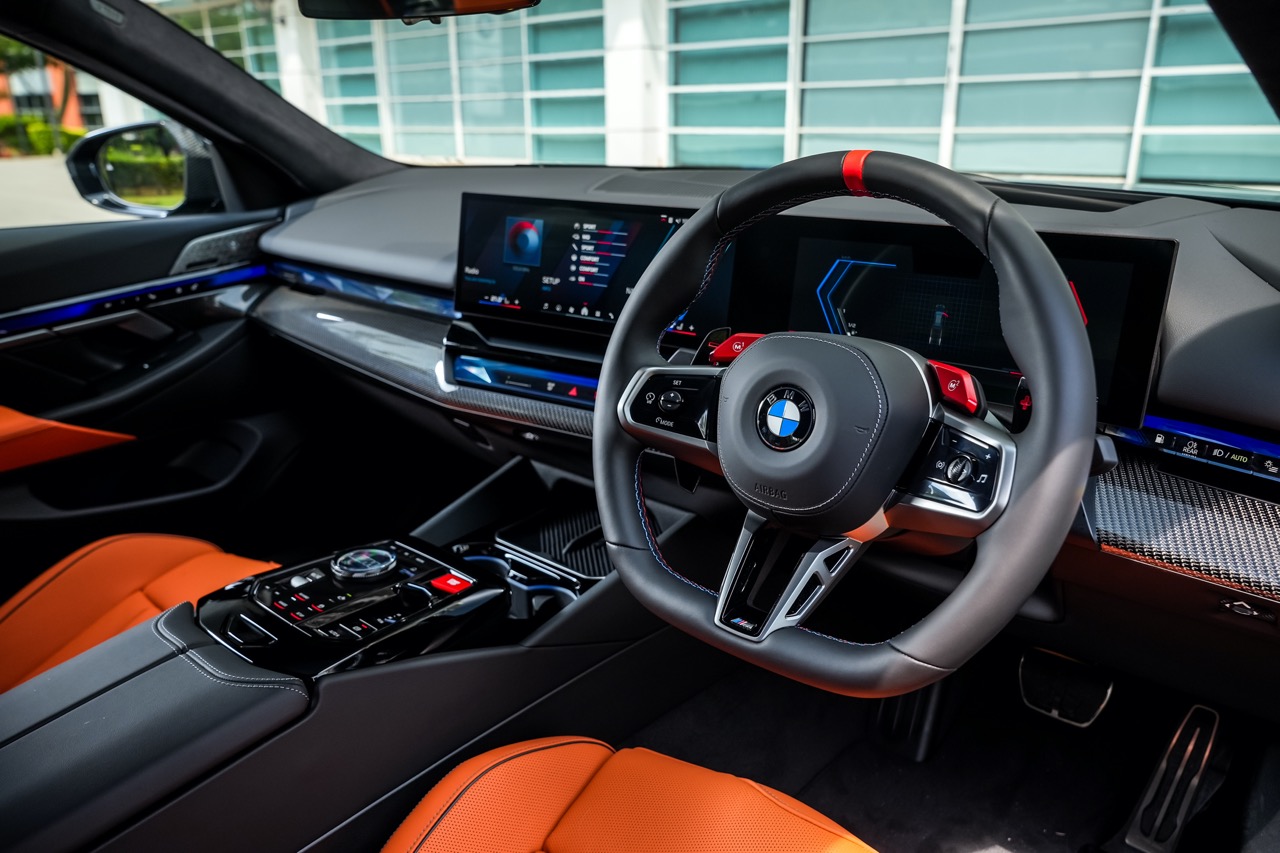
The New BMW M5 is available in a selection of striking exterior colours designed to accentuate its performance design, including Alpine White, Sophisto Grey, Fire Red, Brooklyn Grey, Carbon Black, Isle of Man Green, Marina Bay Blue, and Storm Bay. Inside, customers can choose from four premium Merino leather upholstery colours — Black, Silverstone, Red, and Kyalami Orange — all complemented by M-specific stitching and high-grade trim materials. Each configuration allows owners to tailor the M5 to reflect their individual style, whether they prefer understated elegance or expressive flair.
The New BMW M5 stands as a pinnacle of M engineering — a bold fusion of tradition and innovation, merging unrelenting power with everyday usability and forward-thinking electrification. With its public debut at MY BMW World 2025, BMW reaffirms its commitment to performance, design, and sustainability in equal measure.

The new M5 comes with a recommended retail price of RM1,188,800. Additionally, the BMW Service & Repair Inclusive (BSRI) programme ensures peace of mind with a 5-year unlimited mileage warranty, along with 5 years / 100,000km of service coverage. For Battery Electric Vehicles (BEVs), service coverage extends to 6 years with unlimited mileage, while an 8-year high-voltage battery warranty. With BMW Roadside Assistance, customers can receive 24/7 emergency support – including towing, courtesy cars, and hotel accommodation in the event of an unprecedented emergency.

